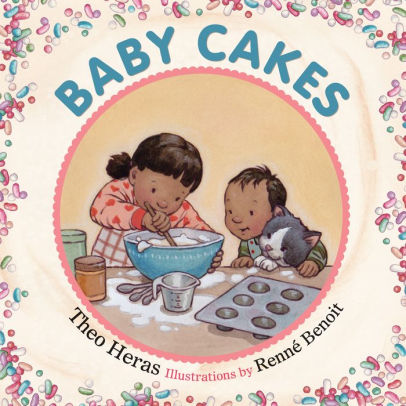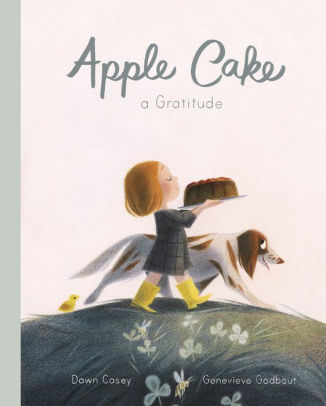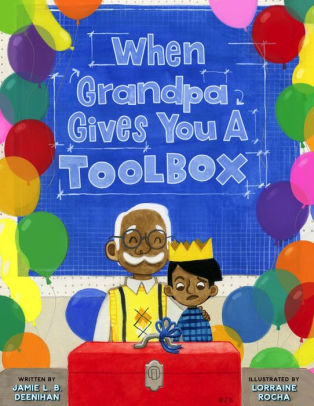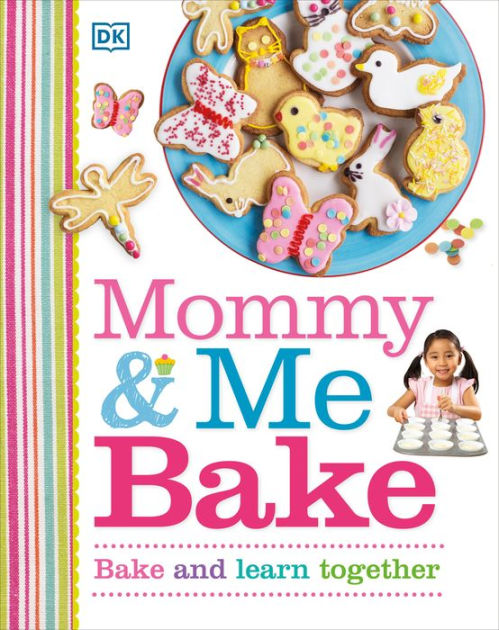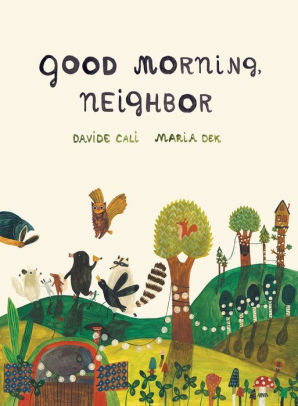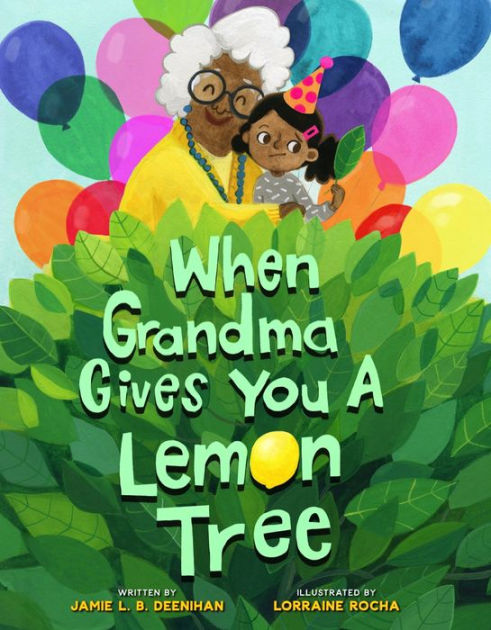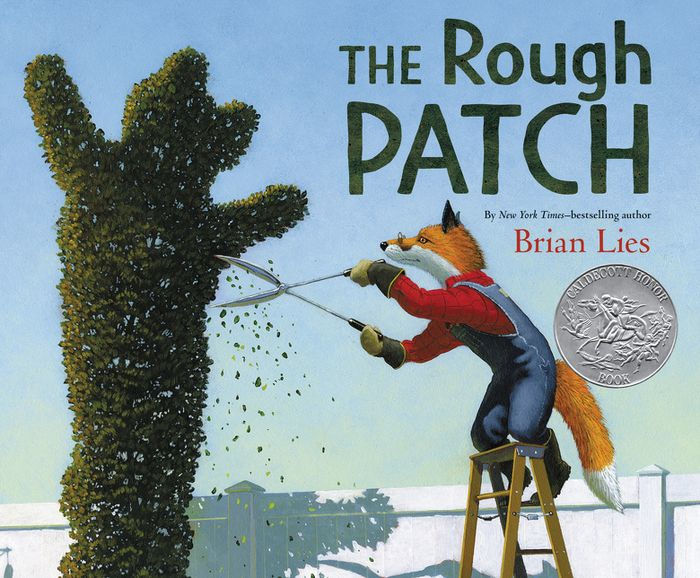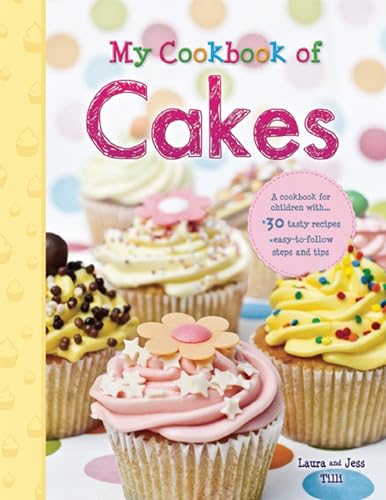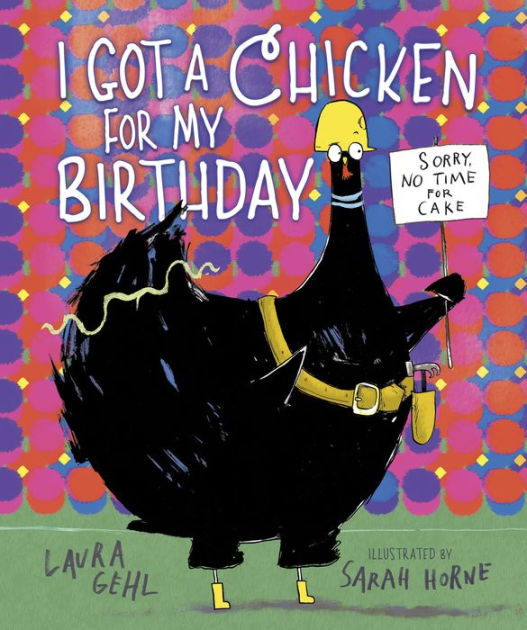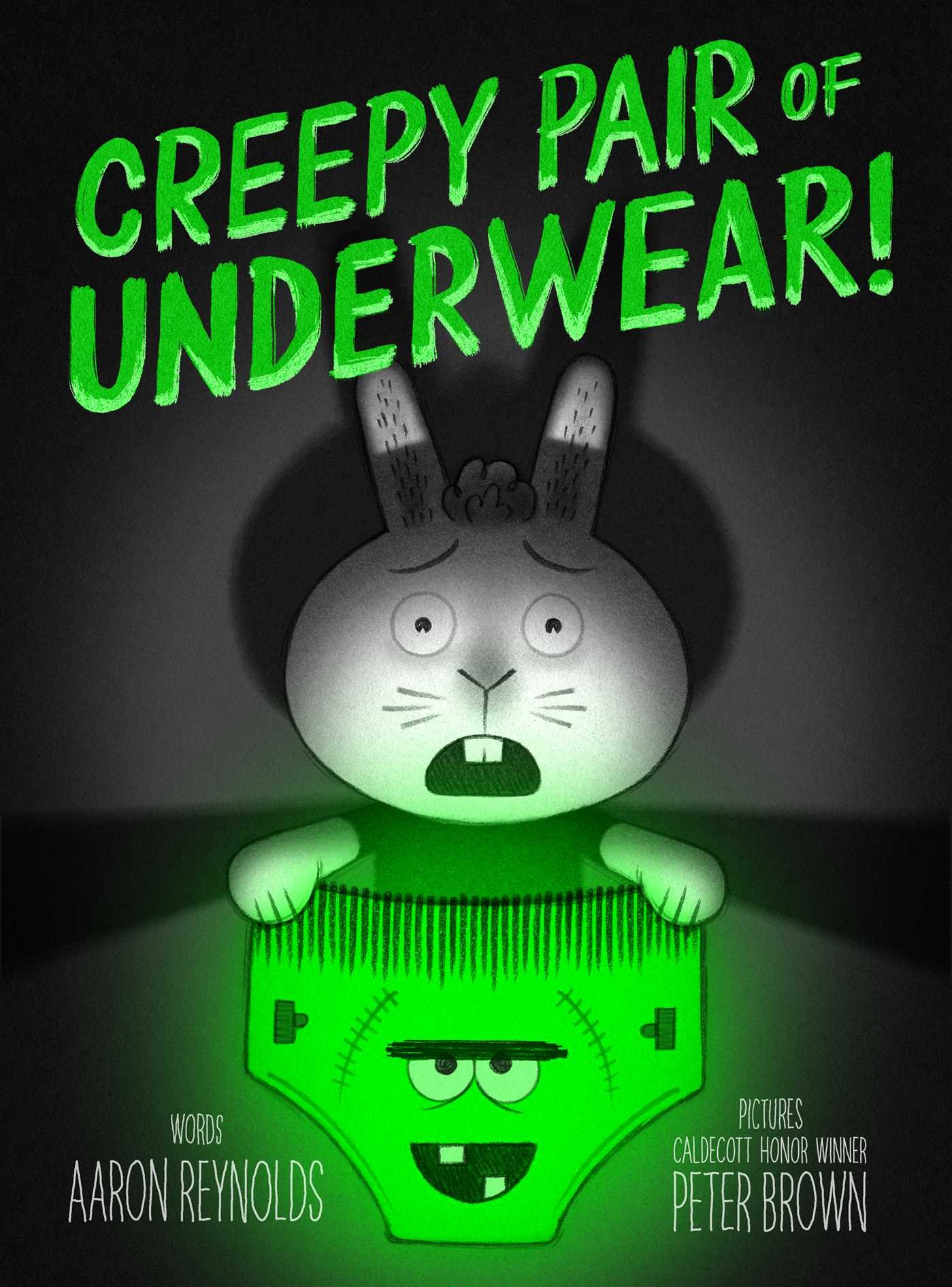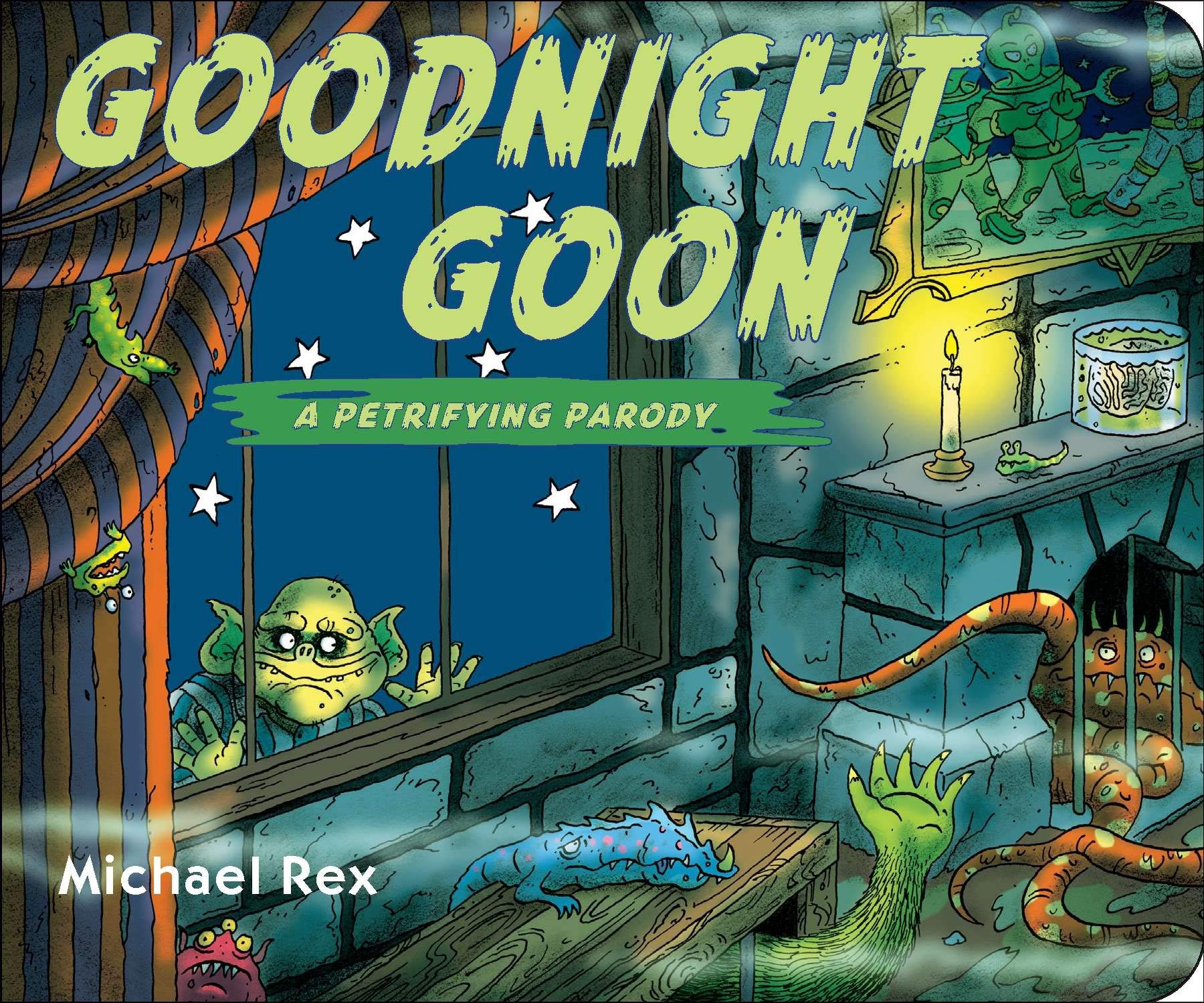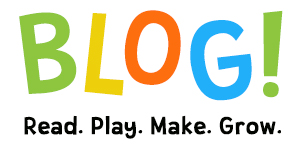
During Native American Heritage Month, and all year long, one of my top priorities is to ensure that the depictions of Indigenous and Native people in the books I read and promote are authentic and accurate. Many traditional Thanksgiving-themed books contain harmful portrayals and stereotypes of Indigenous and Native communities, but these contemporary #OwnVoices selections are written and/or illustrated, and celebrated by the communities they represent.
If you’re interested in learning more about how to interrogate children’s books that depict Indigenous and Native communities, I highly recommend American Indians in Children’s Literature, a blog run by Debbie Reese (Nambé Pueblo) and Jean Mendoza. Reese and Mendoza also adapted a book for adults by Roxanne Dunbar-Ortiz for a middle grade and young adult audience, called An Indigenous Peoples’ History of the United States for Young People, which chronicles the settlement of the “new world” from the perspective of Indigenous people, and highlights their resistance and resilience.
For more book recommendations, check out this book list from the American Indian Library Association, and the past and current winners of the American Indian Youth Literature Award.
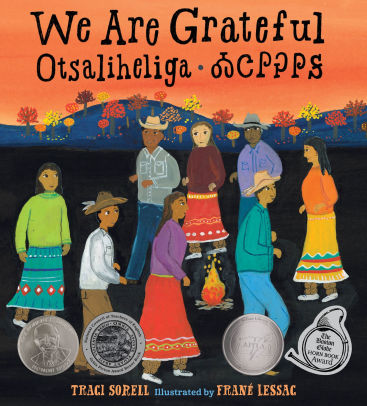 |
We are Grateful: Otsaliheliga by Traci Sorell, illustrated by Frane Lessac Learn about a year in the life of contemporary Cherokee family, and the ways in which they express gratitude throughout each season. |
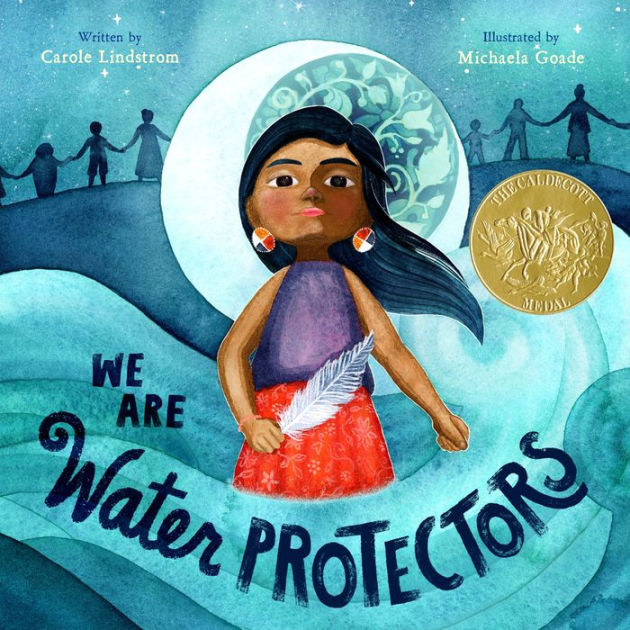 |
We are Water Protectors by Carole Lindstrom, illustrated by Michaela Goade A powerful and poignant look at the Indigenous fight against the Dakota Access Pipeline, and the interconnectedness of all inhabitants of Mother Earth. |
 |
Fry Bread by Kevin Noble Maillard, illustrated by Juana Martinez-Neal Fry bread might seem simple on the surface, but its history is not. Dive into this almost 150-year long tradition and its importance to Native American families of many different nations (Did you know there are about 573 federally recognized Native American tribes in the United States currently?). The author even includes his own recipe, so you can try it yourself! |
 |
A Day with Yayah by Nicola I. Campbell, illustrated by Julie Flett Set in the Nicola Valley of British Columbia, Yayah takes her grandchildren on an adventure in nature, teaching them to forage plants and mushrooms, and sharing her vast knowledge of the natural world. |
|
Jingle Dancer by Cynthia Leitich Smith, illustrated by Cornelius Van Wright and Ying-Hwa Hu Jenna daydreams about jingle dancing, a tradition that is shared by the women in her family, and can’t wait until she can dance at the next powwow. The only problem is, Jenna doesn’t have enough jingles for her dress. Join Jenna as she collects all the jingles she needs on her journey to her first official jingle dance. A beautifully illustrated and heartwarming tale of tradition and family, with an author’s note about the origin and varying practices of jingle dancing at the end. |
|
 |
Bowwow Powwow by Brenda J. Child, translate by Gordon Jourdain, illustrated by Jonathan Thunder Windy Girl loves to hear Uncle’s many vibrant stories while riding to the powwow with her dog Itchy Boy. One night after taking in all that the powwow has to offer, Windy falls asleep to the steady drumbeat, snuggled up with Itchy Boy, and dreams of jingle dancers, traditional dancers, a visiting drum group, and so much more--all of them with paws and tails, just like Itchy Boy! This is a joyful tale in celebration of the magic of the powwow. |
 |
At the Mountain’s Base by Traci Sorell, illustrated by Weshoyot Alvitre At the mountain’s base, there is a Cherokee family living in a cabin, patiently weaving, singing, cooking, worrying, and waiting for the safe return of a relative serving as a pilot in the United States Armed Forces. This book pays tribute to Native women such as Ola Mildred “Millie” Rexroat, who have served, and continue to serve their country by going to war. |
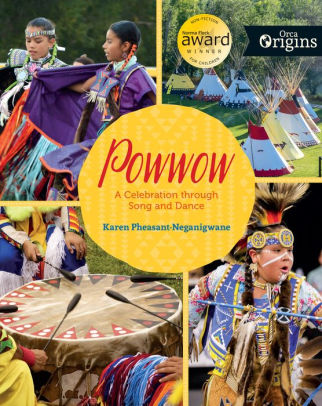 |
Powwow: A Celebration through Song and Dance by Karen Pheasant-Neganigwane A comprehensive history of the Indigenous tradition of the powwow, from its origins, to a breakdown of powwow culture, to an explanation of various songs and dances, and a look at powwows as they occur in modern days throughout the United States and Canada. With the author’s family background and photos interspersed, this is a powerful and thorough tribute to the powwow. |
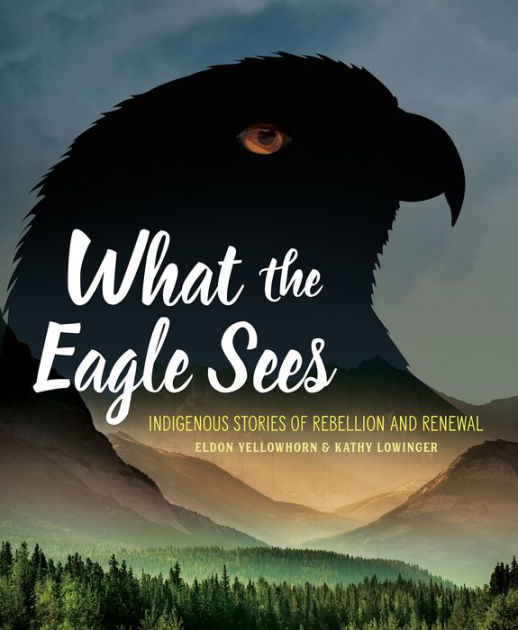 |
This is a nonfiction book that chronicles the many invasions that Indigenous people have faced throughout history, and how they defended themselves, fought back, and sustained their livelihood. From the Vikings to Christopher Columbus, just to name a few, these stories are all told from an Indigenous perspective, one that we don’t often see in many of our history books. |
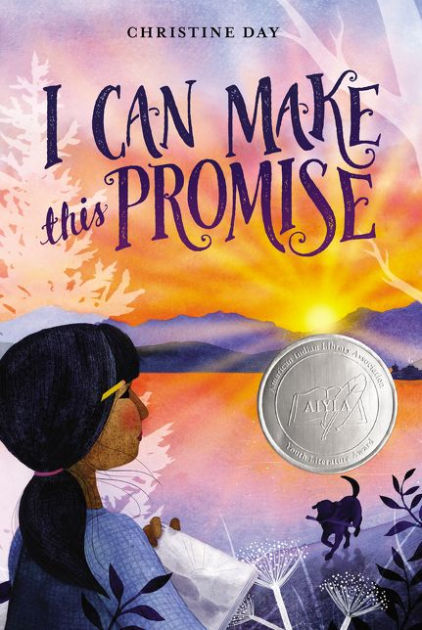 |
I Can Make This Promise by Christine Day For most of her life, Edie has always known that her mom was adopted, and that Edie has Native American heritage, but that is pretty much the extent of her knowledge. Join Edie as she discovers a mysterious box in her attic, which contains a photo of a woman who looks just like her, and begins a journey to uncover her family’s history, no matter how difficult it may be. |
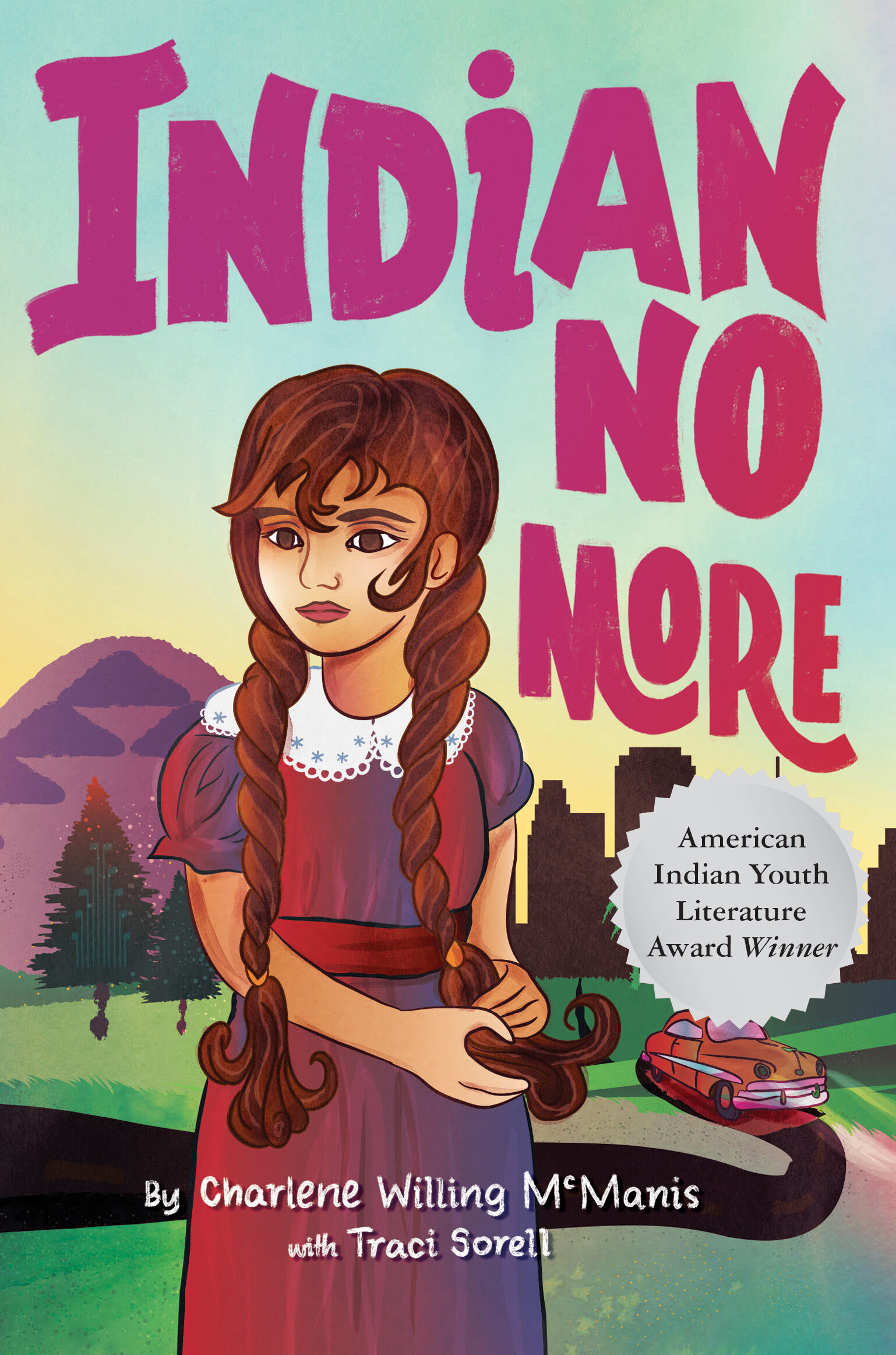 |
Indian No More by Charlene Willing McManis with Traci Sorell A heartbreaking but necessary read, set in 1957, this book tells the story of Regina and her family, who are Umpqua and have always lived on the Grand Ronde reservation. Their world is turned upside down when a bill that is signed into law mandates that Regina’s tribe no longer exists, and they are displaced, having to move from Oregon to Los Angeles to find work. For the first time in her life, Regina has had to grapple with racism that is directed toward her, and the kids in her neighborhood, and must try to keep her Native identity alive in a completely unfamiliar and unwelcoming environment. |
 Youth Services Assistant Librarian Stefanie
Youth Services Assistant Librarian Stefanie
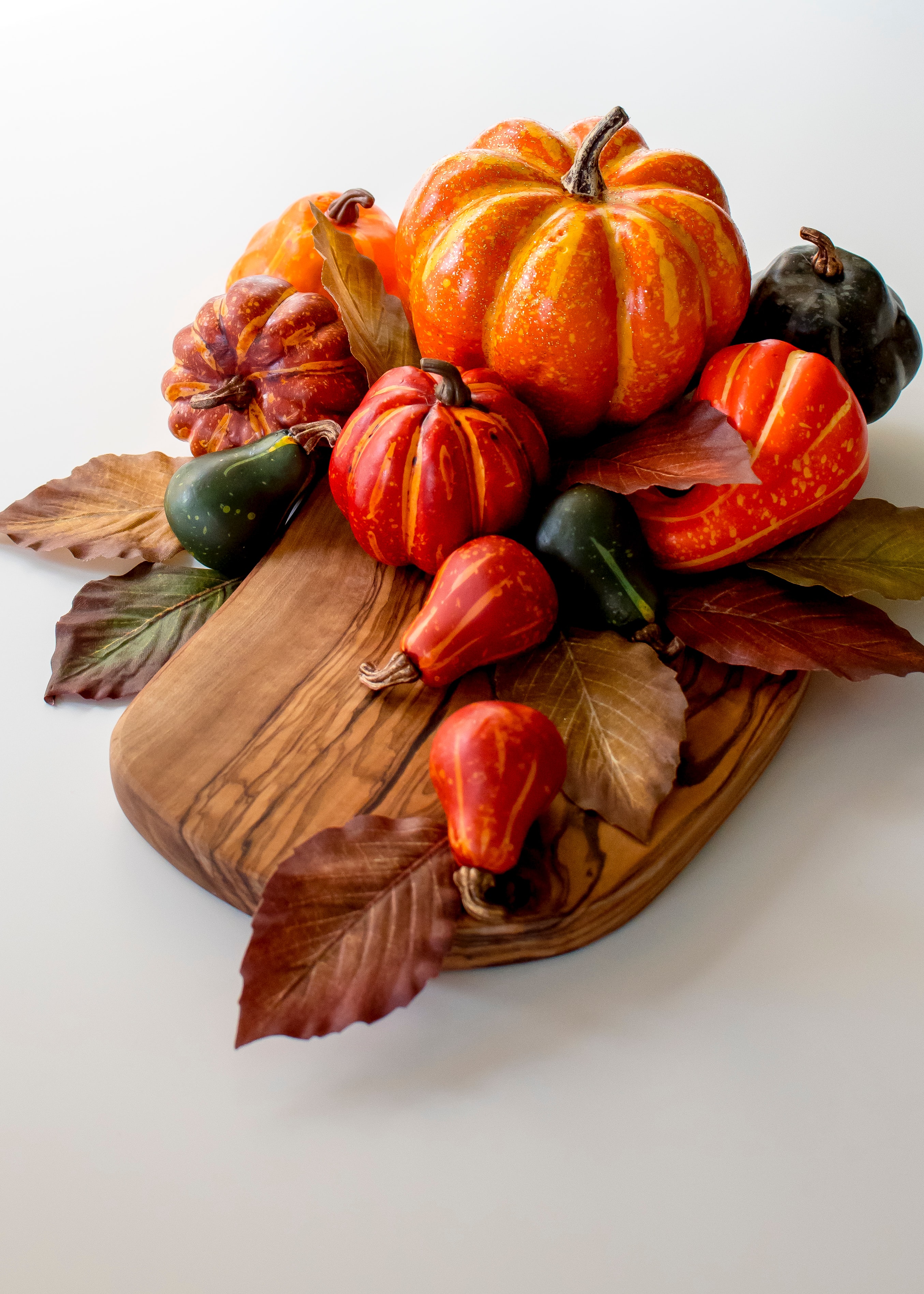
Librarians Ann and Demitra can't get enough of virtual escape rooms. So we created another one for kids, friends, and family to enjoy, just in time for Thanksgiving! Work together to figure out clues, solve puzzles, and decode the cyphers to escape your Great Aunt Gertrude's house before Thanksgiving dinner.
This escape room is designed for grades 3-8, but kids and adults of all ages can enjoy it. This is a great group activity to do over Zoom with friends and family. Solve the escape room as a group, by having the host of the Zoom meeting share their screen for everyone to see.
Ready to start? Click here to access the escape room.
Click here to access the answer key.
Want more? Find links to our other escape rooms below:
Looking for more fun activities? See a list of the library's upcoming events for kids.
 Youth Services Librarian Ann
Youth Services Librarian Ann
Bring home a fun new project! You can now register to pick up a Take-and-Make Kit from the Youth Services desk. Here are the instructions for each kit:
Toddlers and Preschoolers: Paint with Pom Poms
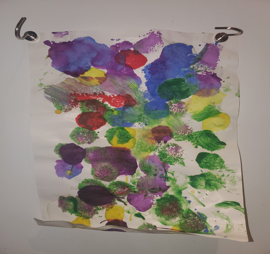
Pompoms are great for fine motor play. Before beginning the painting activity, you may consider taking an opportunity to allow your child to explore the texture of the pompoms. Additional activities to consider when allowing your child to manipulate the pompoms; providing spoons, tweezer and/or the provided clothes pins to allow for an unstructured play activity. If you wanted to add an additional educational activity you can add cotton balls and help your child create a pattern or use the pompoms to teach counting or one-to-one correspondence.
Let’s get started!
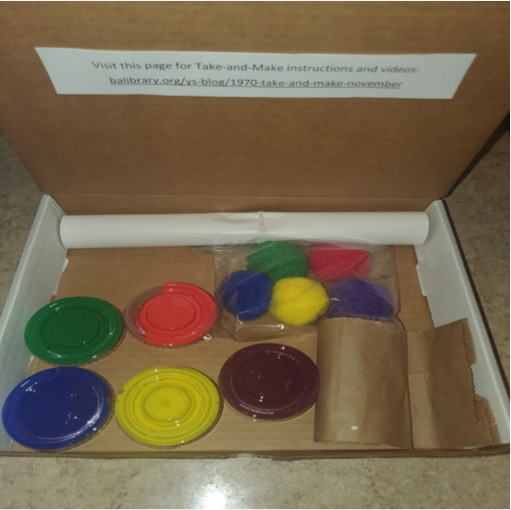
Unroll the rolled paper and place it on a flat surface.
Pinch one clothes pin, to each pompom. This is a great fine motor activity for your child to try.
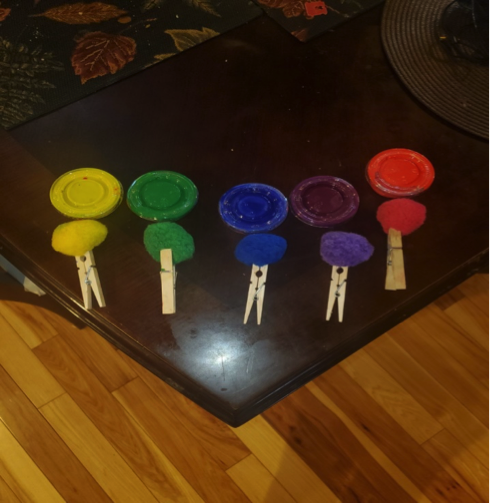
Have your child match the color of the pompom to the color of the paint. This is a wonderful opportunity to work on color recognition. (It will also help remind your child which pompom goes with which paint).
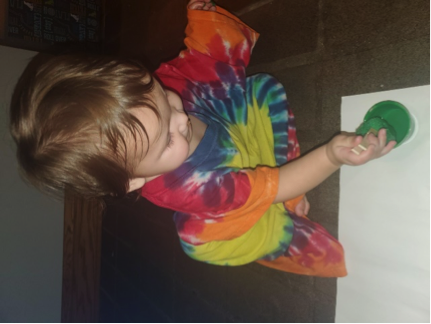
Now that you and your child have created pompom paint brushes, let your child explore making dots and creating their master piece!
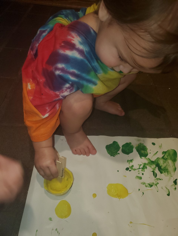
Register for a Toddler/PreK Kit here.
Grades K-2: Paper Lanterns
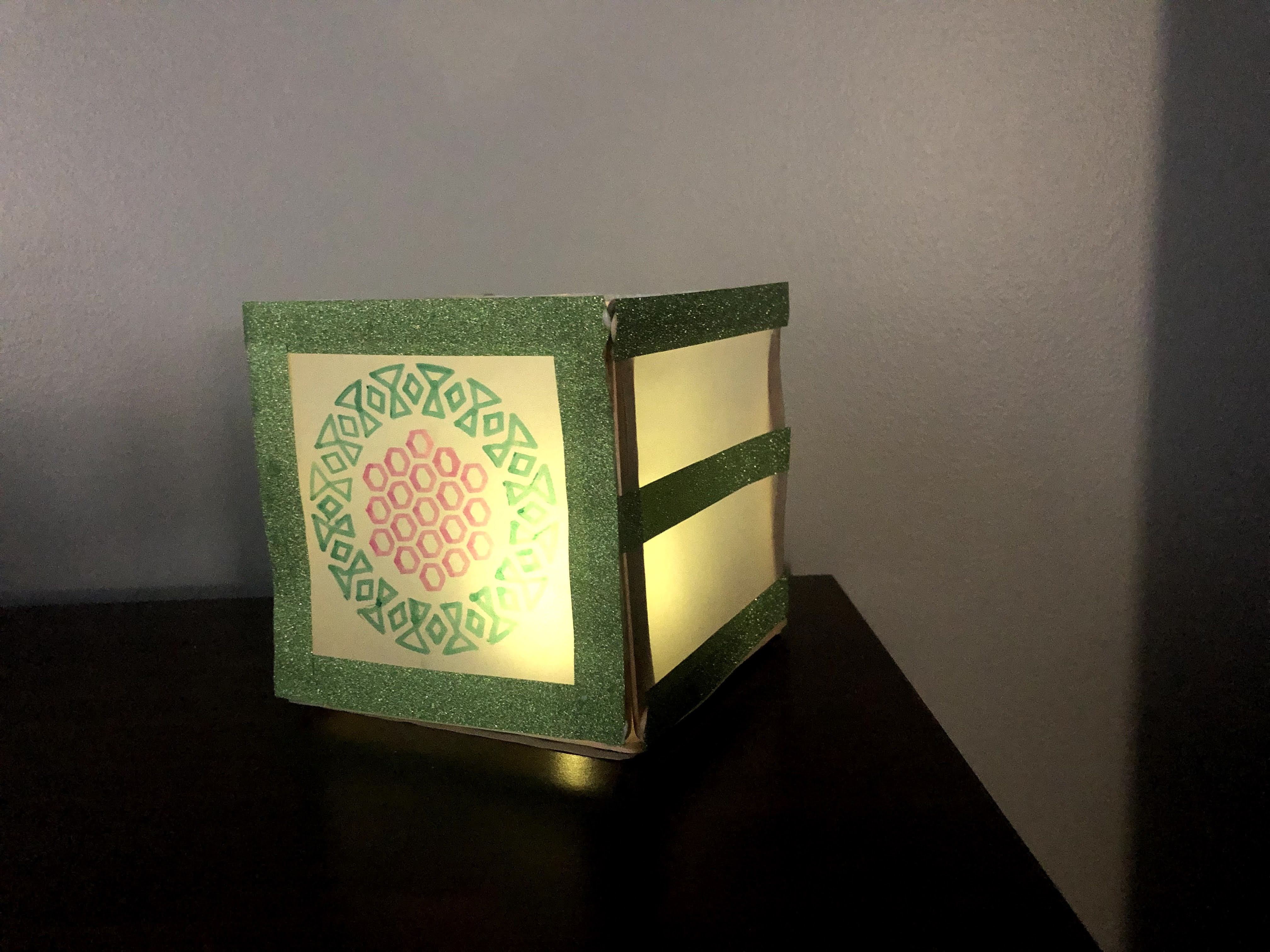
Things you will need in addition to what is included in the kit:
- Scissors
- Ruler
- Pencil
Instructions:
1. Take Items out of the box.
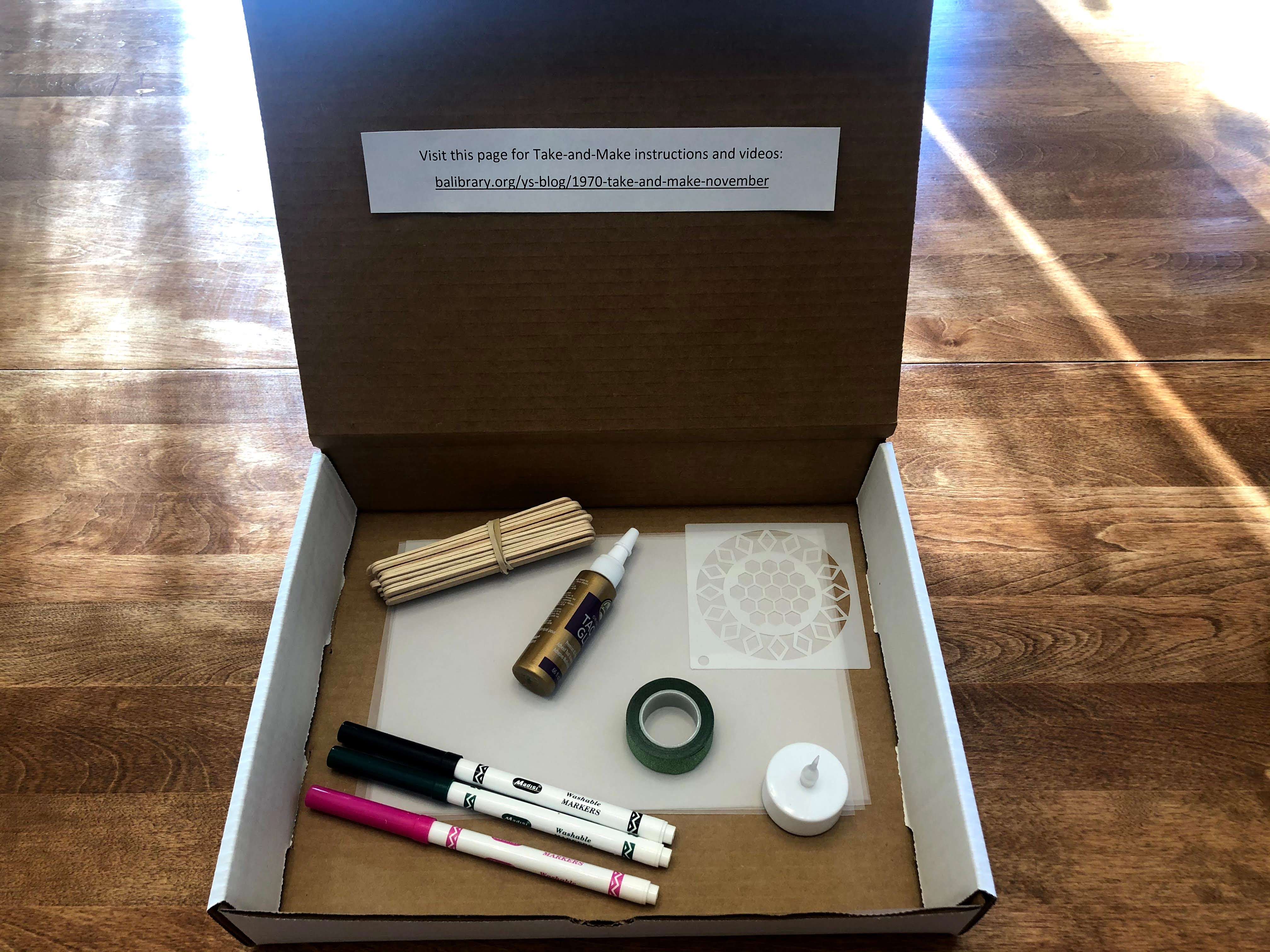
2. Gather extra supplies – scissors, ruler, and pencil.
3. Uncap the glue and snip the top of the applicator. Ask an adult to help!
4. Remove the rubber band from the craft sticks.
5. Create a square using 4 of the craft sticks.

6. Place a dot of glue on each of the four corners of your square in between the craft sticks.
7. Repeat steps 5 and 6 until you have 5 squares.
8. Carefully set all but one square aside to dry.
9. Use your ruler to measure the side of the square.

10. Now, using your ruler, measure out 5 squares on your tracing paper. If you cut your tracing papers in half first it will help you make sure you have enough paper to cut all of your squares.
11. Use your scissors to cut out all 5 squares.
12. Now it is time to decorate! You can decorate all 4 sides, just one or any number in between.

13. You can use your mandala stencil and markers, or you can use your markers to make any design you want! Remember one of the squares goes on the bottom, so you don’t need to decorate that one.
14. Glue each of the paper squares to the craft stick squares. You don’t need much glue, just a dot on each corner of the craft stick square.

15. Let all the glue dry before moving on to the next step.
16. Use your washi tape to add some flair to the sides of the lantern.
17. Assemble the lantern by gluing the squares together to create a cube with an open top. You may need an adult to help with holding the pieces in place as the glue sets.

18. Wait for project to completely dry.
19. Turn on the LED tealight and place in the lantern.
20. Enjoy the glow!
Register for a Grades K-2 Kit here.
Grades 3-8: Washi Tape Bookmarks
- Cut strips of washi tape.
- Decorate a bookmark with the strips of washi tape however you like.
- Loop a tassel through the bookmark's hole.
Register for a Grades 3-8 Kit here.
 Youth Services Assistant Librarian Alyssa
Youth Services Assistant Librarian Alyssa
Watch “Daniel’s Birthday/Daniel’s Picnic” on Kanopy Kids using your Barrington Area Library card number to log in, and come back to this blog post to enjoy some family activities that will enhance your child’s learning around the episode.
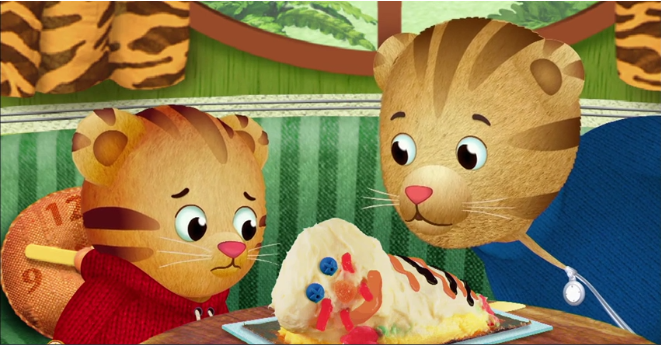
Here are some questions that will help you unpack some of the topics in the episode with your child.
Daniel's Birthday
- Can you think of your perfect cake or birthday treat? Draw a picture with your grownup and/or describe what your perfect cake or treat would look, feel, and taste like.
- When Daniel’s cake gets smushed, he is disappointed, but his dad helps him to realize that it probably still tastes pretty yummy! Can you think of a time when something like that happened to you? How did you feel? Even though you were disappointed, can you think of something good about the situation?
Daniel's Picnic
- Daniel, Miss Elaina, and Prince Wednesday are pretty disappointed when it starts to rain on their picnic. I know that I am feeling a little disappointed that it’s getting colder outside, and I won’t be able to hang out with my family and friends outside as much. Can you brainstorm ways that you can hang out with your family and friends in the fall and winter virtually, such as a virtual picnic or a fort-building night?
Below are some other activities to try as a family.
- Check out PBS Kids: Life’s Little Lessons on disappointment activity and conversation guide.
- Check out a cookbook from the library and bake something with your grownup.
- Watch or rewatch the PBS Kids: Daniel Tiger’s Neighborhood special called “Won’t You Sing Along With Me?” about some of the challenges preschoolers are facing because of the pandemic.
- Grownups: Make a plan for talking to your child(ren) about your holiday plans this year. Read this article called “6 Tips for Preparing Your Kids for a Socially Distanced Holiday Season” for some helpful advice.
Here is some further reading on the topics discussed in the episode.
 Youth Services Assistant Librarian Stefanie
Youth Services Assistant Librarian Stefanie
Have you heard of Mock Caldecotts? Across the country, fans of picture books meet in groups to vote for their favorite illustrated books, inspired by the official committee of librarians, educators, and experts who award the real Caldecott Medal to one lucky book each year.
Now the Barrington Area Library is hosting a community-wide Mock Caldecott vote. You can host your own Mock Caldecott with friends, families, or classmates, in-person or online. Start by checking out one of our new kits, complete with five outstanding books of 2020, chosen by your librarian friends, along with guides to help you make your discussion a success.
Drop off a ballot, also included in the kits, to participate in the big community vote by January 18.
Here are the five picture books, selected by your Youth Services Librarians. Which book will win our Mock Caldecott Medal? You decide!

All Because You Matter written by Tami Charles, illustrated by Bryan Collier
Honeybee: The Busy Life of Apis Mellifera by Candace Fleming & Eric Rohmann
My Best Friend by Julie Fogliano & Jillian Tamaki
The Cat Man of Aleppo by Irene Latham and Karim Shamsi-Basha, illustrated by Yuko Shimizu
We Are Water Protectors by Carole Lindstrom, illustrated by Michaela Goade
Find out more about our Mock Caldecott here.
 Youth Services Librarian Allison
Youth Services Librarian Allison
Looking for a shocking tale that will leave you peeking over your shoulder? Here are five collections to check out, available at the Barrington Area Library.

Dare to Be Scared: Thirteen Stories to Chill and Thrill
by Robert D. San Souci and David Ouimet
A young girl receives a phone call from her aunt. Problem is, her aunt’s been dead for a while.
A young boy is trapped in a nightmare he can’t wake up from.
A trip to the Caribbean goes horribly wrong.
Scares abound in this collection of original short stories by Robert D. San Souci, complemented by David Ouimet’s wonderful illustrations.
Some of the stories are only mildly spine-tingling, while others are positively frightening. Recommended for middle grade and slightly younger readers.
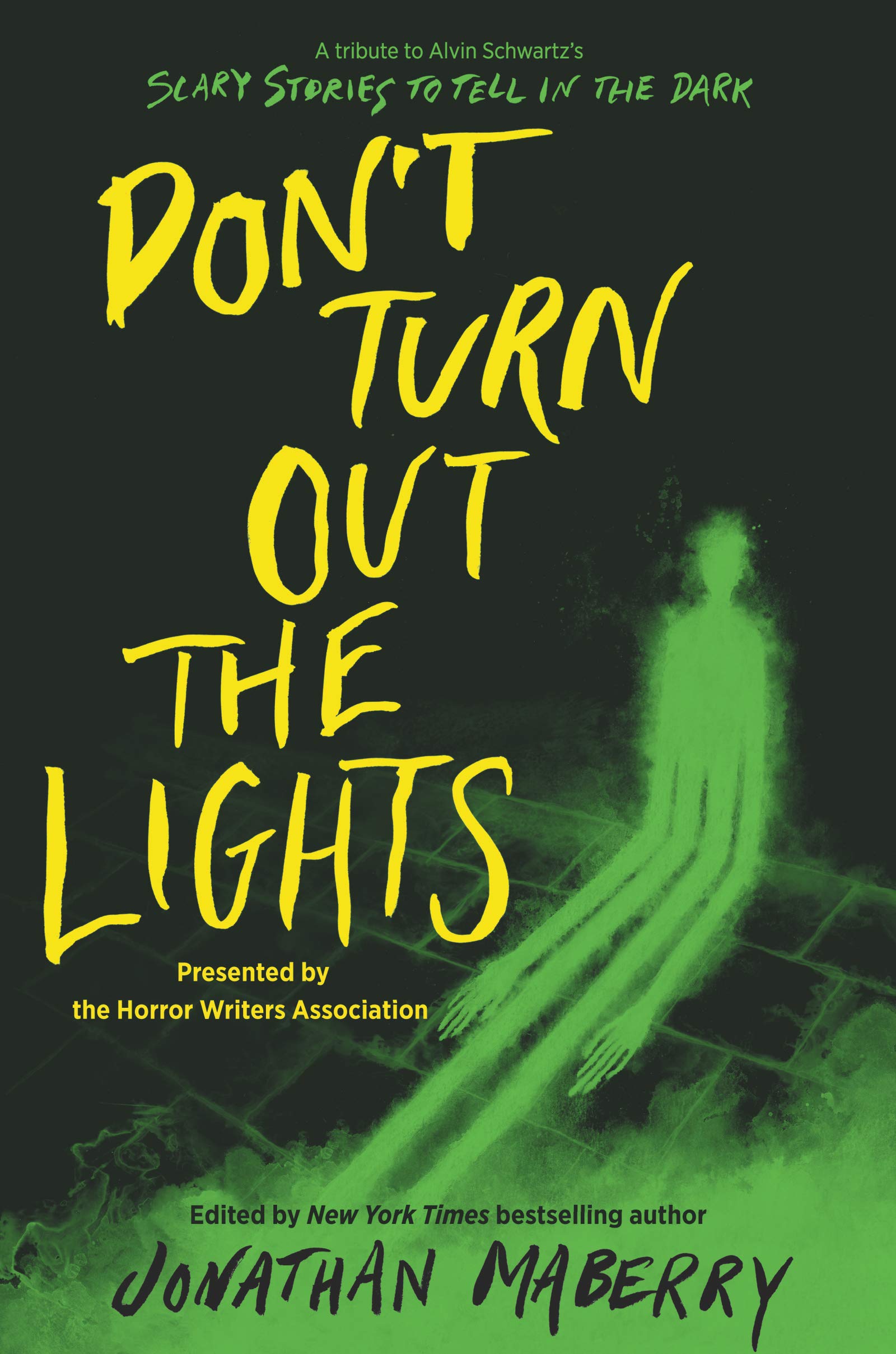
Don’t Turn Out the Lights
by various authors
A young boy steals a small, wooden bear statue. The bear changes again and again, and soon it is apparent the boy is being hunted.
A small town keeps a strange “holiday” in which impossibly tall, rail-thin creatures appear and demand gifts from the townsfolk.
A hapless ghost is desperate to frighten a child, but is unsuccessful at every turn.
In this chain-rattling collection, popular authors including R.L. Stine, Margaret Stohl, and Josh Malerman come together to pay tribute to Alvin Schwartz’s Scary Stories to Tell in the Dark.
Some of the stories are kid-friendly, while others border on young adult. Recommended for middle grade readers and older, though some stories may be appropriate as read-alouds for younger siblings.

Ghost: Thirteen Haunting Tales to Tell
by various authors
A fateful slip beneath icy waves.
Eyes in the trees, watching your every move.
A mirror that contains more than your reflection.
These thirteen grim tales, penned and inked by the creative collective Illustratus, are concerned with “the only true ghost stories,” as told by a creepy old storyteller. These stories are creepy, made creepier by the artwork, and appropriate for middle grade readers.
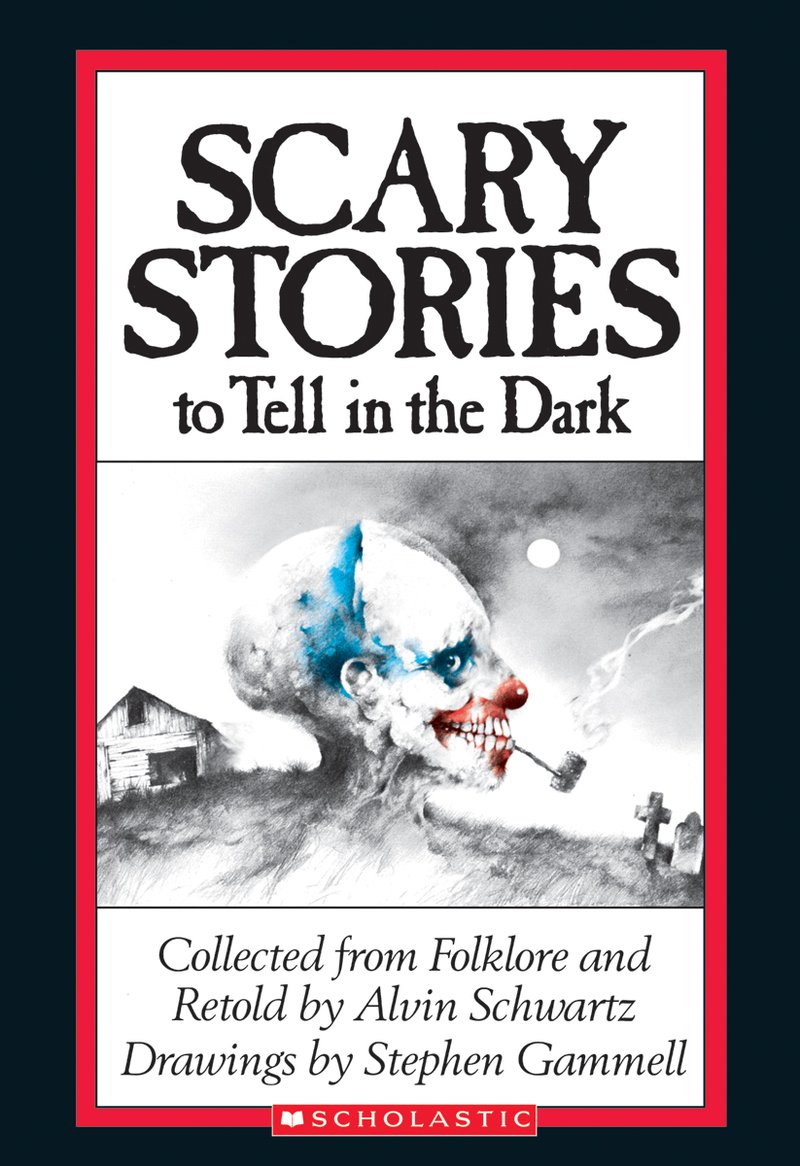
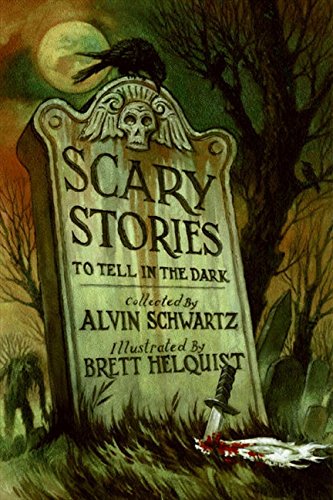
Scary Stories to Tell in the Dark
by Alvin Schwartz
An old woman finds a severed toe and decides to make a soup out of it. Then the toe’s owner comes looking for their lost appendage.
A young woman is disturbed to find a zit on her cheek… a zit that keeps growing bigger, and bigger, and bigger…
Two bored farmers make a scarecrow and name him Harold. Harold is the butt of their jokes, a way for them to pass the time… until Harold starts making noises on his own.
This classic collection of frightening tales is the first in a trilogy. Alvin Schwart’s storytelling is straightforward, but effective, complemented by Stephen Gammell’s horrifying art. There is a newer edition, pictured above on the right, with less-frightening artwork (by Brett Helquist) that will be more appropriate for younger readers.
The original edition (left) is recommended for middle grade and older readers. The newer edition (right) is also recommended for middle grade readers, but may be more appropriate for a slightly younger audience.
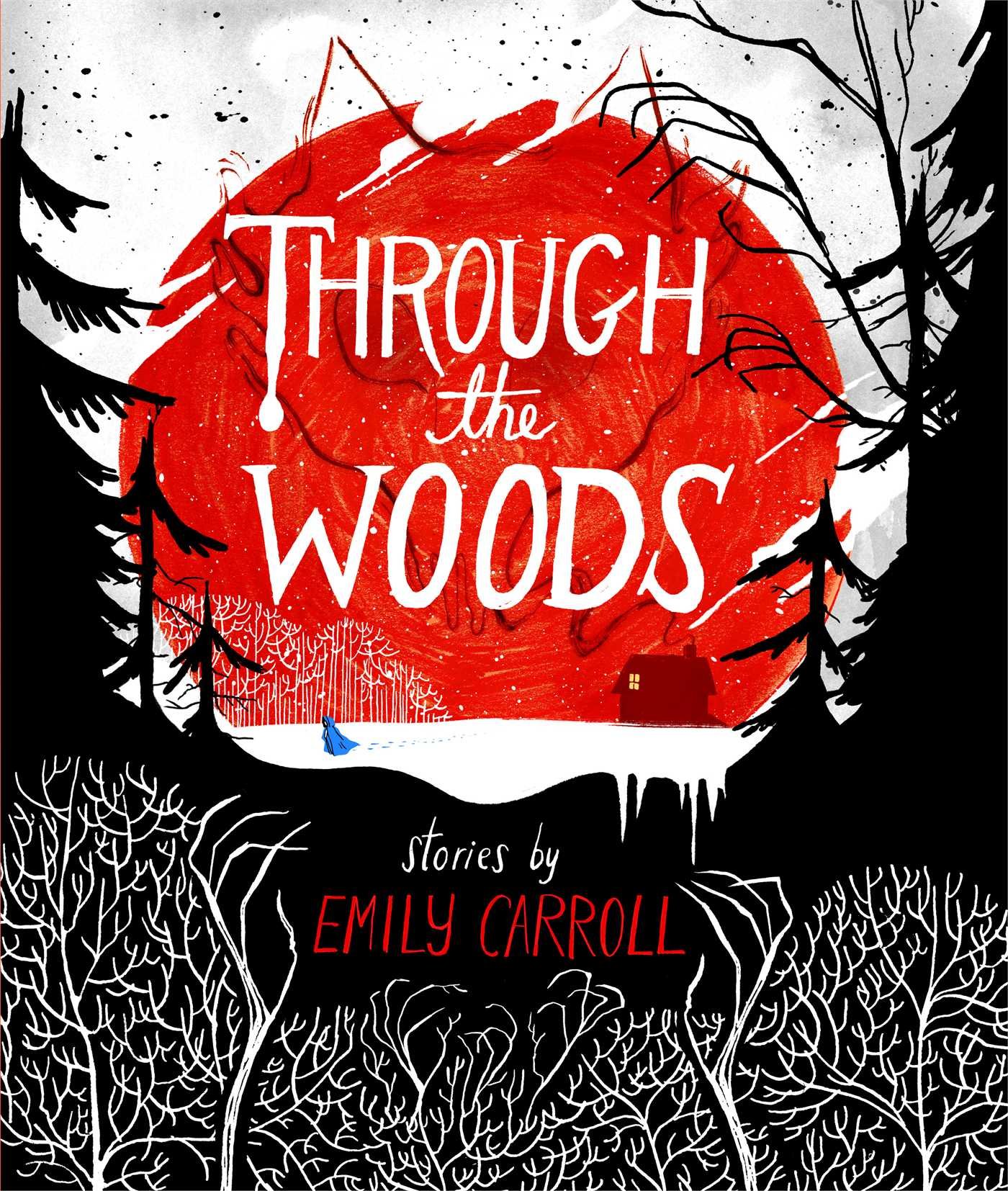
Through the Woods
by Emily Carroll
Two brothers enter the woods, looking for the monster that harasses their village. Only one brother returns.
A young woman discovers a shocking secret in her new husband’s beautiful manor.
A young girl struggles with her ability to see ghosts.
This collection of short comics by artist Emily Carroll combines Halloween-appropriate horror with fairy tale storytelling, complete with a twist on “Little Red Riding Hood.” The art is gorgeous, though sometimes scary, and will leave readers thoroughly disturbed.
Recommended for teen readers of graphic fiction, fantasy, and horror.
Tip: Want personalized reading suggestions? Fill out this form and you’ll receive a customized list direct to your inbox!
 Youth Services Librarian Chris
Youth Services Librarian Chris
Are you and your little ones looking to get into the Halloween spirit? Here are some kid-friendly tales that won’t leave your child hiding under the covers.
Creepy Pair of Underwear!
by Aaron Reynolds
Jasper Rabbit may think he’s big and brave, but when he discovers that his new pair of underwear glows in the dark, he realizes he may not be as brave as he thought! And no matter how many times Jasper throws the creepy underwear away, they just keep… coming… back!
Goodnight Goon: A Petrifying Parody
by Michael Rex
“Goodnight tomb. Goodnight goon. Goodnight Martians taking over the moon.”
This hilarious parody of Goodnight Moon follows a little werewolf as he gets ready for bed, only for a naughty Goon to show up and keep him awake. Readers will laugh aloud at the Goon’s antics and the frustrated werewolf’s attempts to get some shut-eye.
The Halloween Tree
by Susan McElroy Montanari and Teresa Martinez
The saplings on the tree farm are excited to grow up and become Christmas Trees… except for one grumpy tree. He doesn’t like lights, garlands, and he really doesn’t like people. He wants to stay right where he is… and he does just that, as time passes and a new neighborhood is built around the old tree. The grumpy tree may not be a fan of people, but he soon finds himself at the center of a new holiday tradition: the Halloween Tree!
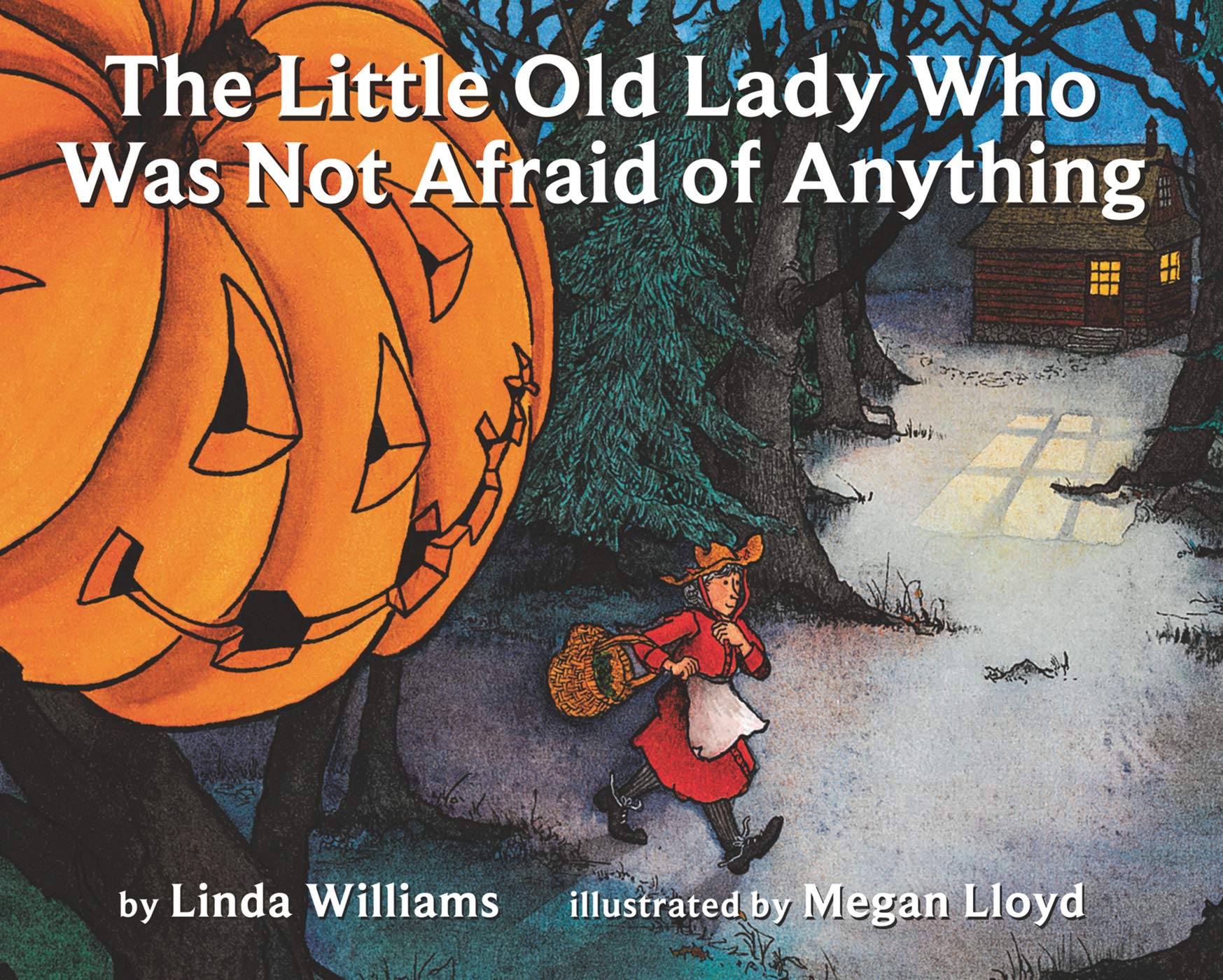
The Little Old Lady Who Was Not Afraid of Anything
by Linda Williams and Megan Lloyd
Clomp, clomp… shake, shake… clap, clap…
The little old lady hears a lot of scary noises as she walks through the woods at night, but that’s okay -- she’s not afraid of anything… right?
This holiday classic offers up plenty of opportunities for readers to act out the scary noises and silly scenes.

Moldilocks and the Three Scares: A Zombie Tale
by Lynn Marie and David Rodriguez Lorenzo
Moldilocks is a little zombie with a big appetite. One day, while Mama, Papa, and Baby Scare away, Moldilocks sneaks into the house for a snack, a comfortable seat, and a good place to sleep. Too bad the Scares are about to come back! This heartwarming twist on a story time classic is just right for getting readers into the holiday spirit.
Tip: Want personalized reading suggestions? Fill out this form and you’ll receive a customized list direct to your inbox!
 Youth Services Librarian Chris
Youth Services Librarian Chris
Watch “Daniel’s New Friend” on PBS Kids, and come back to this blog post to enjoy some family activities that will enhance your child’s learning around the episode.

Here are some questions that will help you unpack some of the topics in the episode with your child.
- What does it mean to be alike and different? Ask your child(ren) how the characters in the show are alike? How are they different?
- Talk to your child(ren) about things that they have in common with their family or friends. What do you all like or do that is the same? Then ask them about the ways in which you all are different. Do you have different hair colors, have a different favorite food, or are you different heights?
Below are some other activities to try as a family.
- Check out the activities on the PBS Kids: Life’s Little Lessons Family Activity Guide.
- Grownups: Check out the first installation of our Keep It Real: Preparing Kids for a Diverse World program, on Tuesday, October 27 at 7:30pm, in collaboration with Be the Change Barrington, where participants will read and discuss Raising White Kids by Dr. Jennifer Harvey.
- Explore the resources on PBS Kids Talk About Race and Racism, especially this discussion guide.
Here is some further reading on the topics discussed in the episode.
 Youth Services Assistant Librarian Stefanie
Youth Services Assistant Librarian Stefanie

Have you ever wanted to make your own computer game? Well, using the website, www.scrach.mit.edu, you can code your own game!
Scratch is a free coding software designed to teach kids how to code. Anyone can learn to use Scratch. Scratch is great for beginners because it uses drag and drop coding. Drag and drop coding lets users build a sequence of code without needing to type in a specific coding language, such as Java or Python.
In the video below, I'll show you how to add characters, move your characters, collect items, create enemies, and keep score. I'll show you one way to code these situations. However, be sure to experiment! You may find a different way to code your game.
Coding is a skill that takes practice, creativity, and perseverance. If you find yourself frustrated with your coding, take a break and come back to your code. Look at your code step by step and try to think about what each line of code is doing. Try taking apart a block of code and look at what each step does by itself. Look at your list of coding blocks, and see if one of them might help your code. Scratch also lets you see how other users code projects. Try looking at the code in similar games on Scratch.
After you code, take a mindful moment. Take a moment to close your eyes and breathe slowly. Acknowledge your feelings both positive and negative. Breathe deeply as you accept that these are valid. Coding is a new skill! Be patient with yourself.
 Youth Services Librarian Ann
Youth Services Librarian Ann
Bring home a fun new project! You can now register to pick up a Take-and-Make Kit from the Youth Services desk. Here are the instructions for each kit:
Toddlers and Preschoolers: Texture and Leaf Rubbing
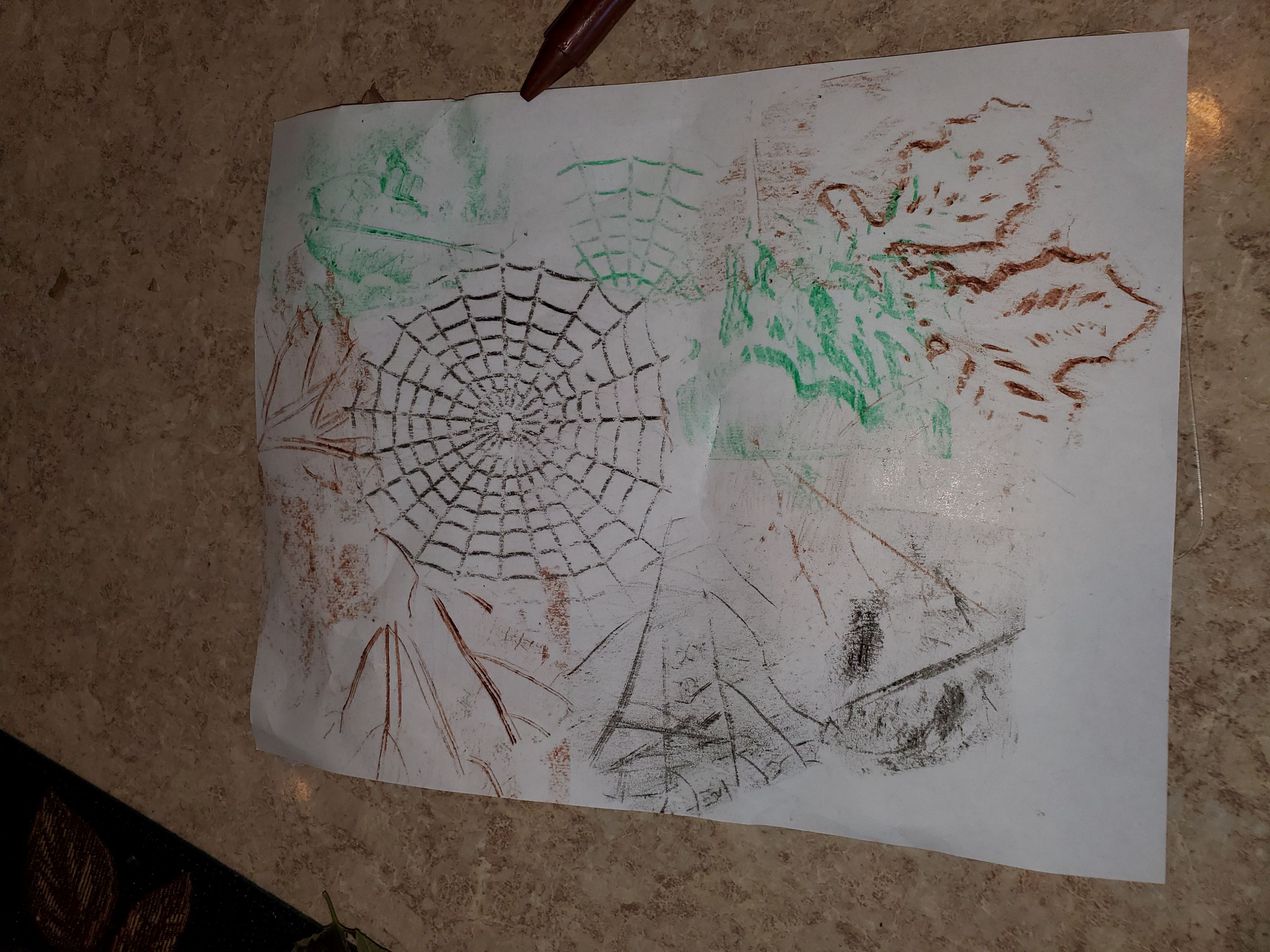
Young children create fascinating patterns and designs, while engaged in tactile exploration of natural materials.
Materials provided for texture and leaf rubbing:
- (4) rubbing crayons
- (1) Textured rubbing plate
- (1) Textured leaf rubbing plate
- (1) Tote bag
- (6) sheets of lightweight paper



You will need to collect leaves of different shapes and sizes.

Directions:
1. Gather Leaves
Grab your tote bag and head out for a nature walk. Collect leaves of various shapes and sizes. Make sure the leaves are dry. (Flatter leaves work better, so do newly fallen ones).

Conversation ideas for your walk: Ask your child to talk about what they see. Point out different things like animals (birds, squirrels, etc) and plants (trees, flowers, budding leaves, etc). Ask your child to find something of a specific color.
2. Return Home
Remove your leaves from the bag. If other items were collected, consider having your child sort the different items.
Possible points to discuss:
- Each leaf is different in size and shape - none of them are exactly the same!
- Talk about the different textures of the leaves. How does the leaf feel?
3. Position a leaf.
Find a flat area to work. Place a leaf with its bottom side facing up.
4. Place paper over the leaf.
Put a sheet of paper over the leaf.
5. Rub a crayon.
Rub the side of a crayon over the leaf. As you do this, you'll see the colored areas start to take the shape of the leaf.
6. Rub over the entire leaf.
Continue until you've rubbed over the entire leaf.
7. Remove the leaf.
Remove the leaf from under the paper. This completes the basic steps for making a leaf rubbing.
8. Make more texture rubbings with the textured rubbing and leaf rubbing plate provided.
Try using different colors. You and your child can compare and contrast the differences between the textured plates and the actual leaves.
Don’t be afraid to overlap the leaf rubbings to create a stunning picture! Enjoy!
Grades K-2: Leaf Rubbing Resist Art
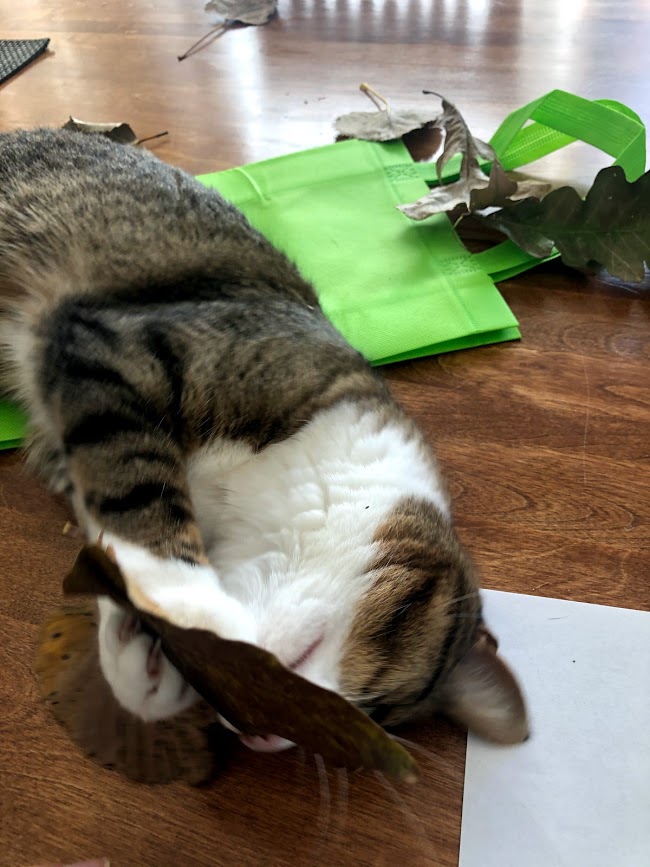
(Cat not included!)
Things you will need in addition to the what is included in the kit:
- Leaves!
- Cup of water
Instructions:
1. Take the items out of the box.
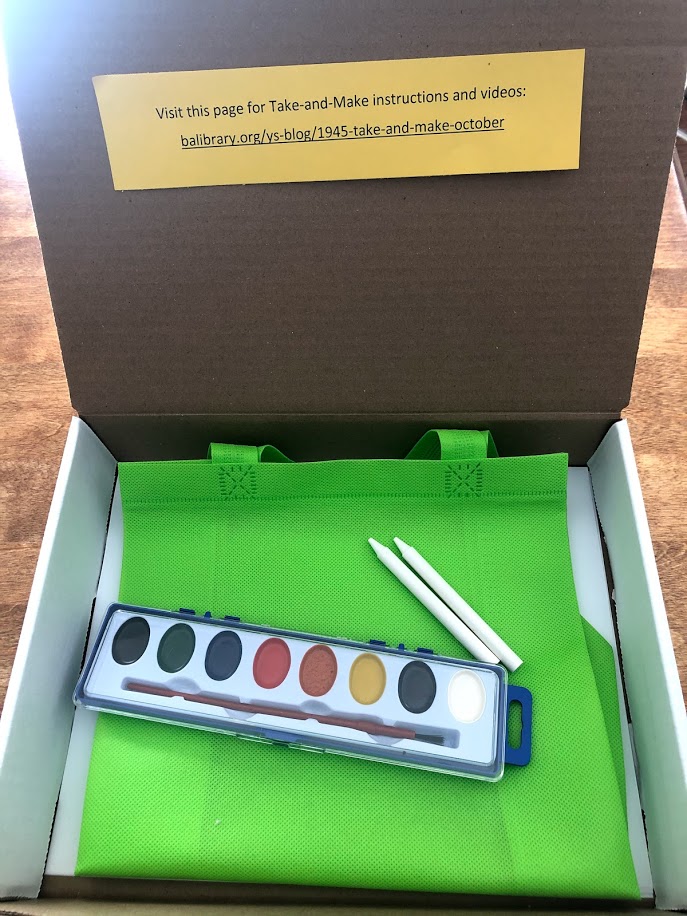
2. Use your bag to go on a leaf hunt! (Make sure you go with a grownup or have permission to go leaf hunting on your own.)

3. Gather leaves that aren’t too crunchy or too soft.
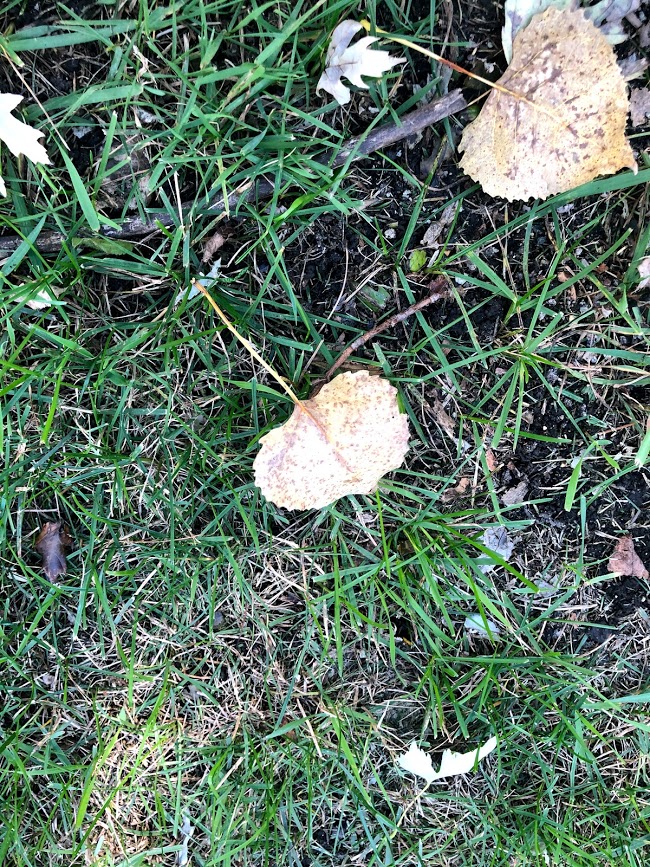
4. Take your leaves back inside.

5. Fill a cup with water.
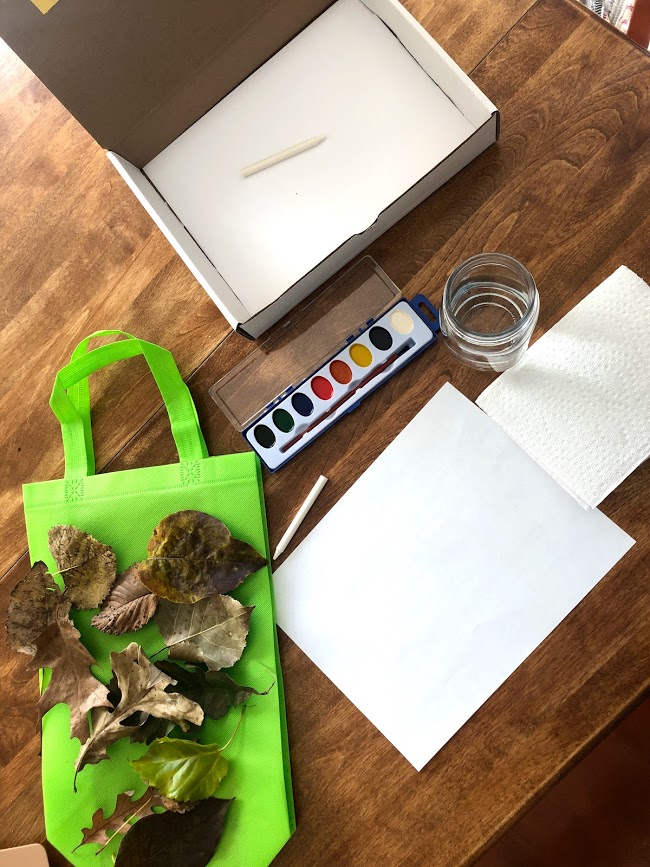
6. Place leaves under one piece of paper.

7. Rub over the top of the paper with a white crayon. Make sure to use the side of the crayon.
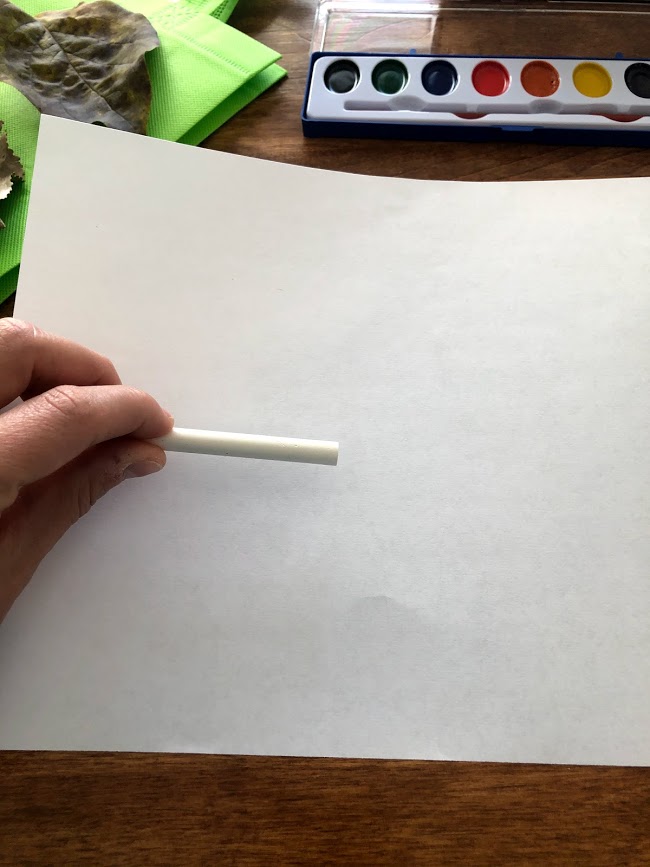
8. Remove the leaves from under the paper.
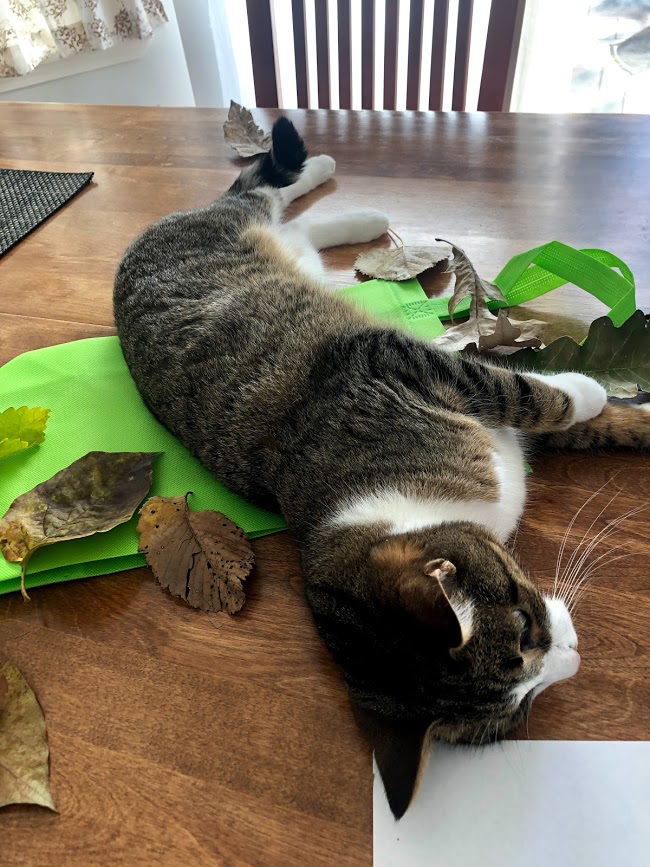
9. It won’t look like much since it is white crayon on white paper, but this is where the watercolors come in. Use your water to wet your brush and apply the watercolors to the paper.
10. Watch how the leaf rubbings take shape as the areas with the crayon wax resist the watercolors.
11. Let dry and enjoy your masterpiece!
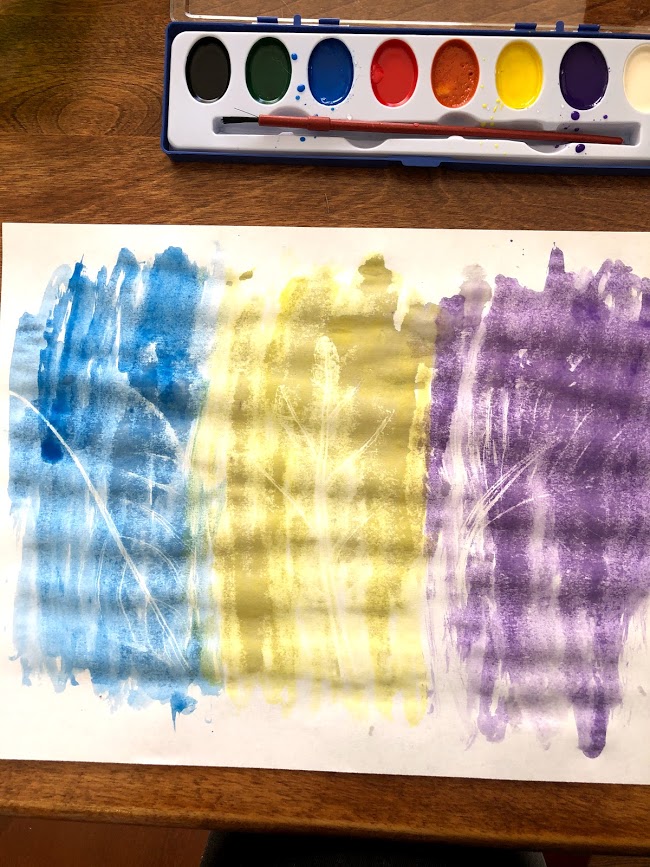
Grades 3-8: DIY Sparkle Bowls
Make a glittery, decorative bowl through a fun and relaxing process.
Mod-Podge takes several hours to dry completely. This project works best if you have two days to complete it.
Note: Sparkle Bowls are not food-safe! Use your Sparkle Bowl to hold trinkets, coins, jewelry, or other small items - not food or drink.
In addition to the kit, you will need:
- Newspaper or scrap paper
- Scissors
Instructions:
1. Lay out a sheet of newspaper or scrap paper to protect your tabletop.
2. Pour some glitter into one container of Mod-Podge and stir with the craft stick to combine. You can use a little, or a lot! The more glitter, the more sparkly your bowl will be.
3. Place the silicone mold, curved side up, on the table.
4. Paint the glitter-glue over the surface of the mold, then cap the glue and rinse out your paintbrush.
5. Let the bowl dry completely - this will probably take a couple hours. The Mod-Podge will dry clear, so you’ll just see the glitter once it’s dry.
6. Paint a second coat, cap the glue and rinse out your brush again, and let the bowl dry again.
7. You can do a third or even fourth coat if you'd like a stronger container.
8. Once the sparkle bowl is completely dry, carefully peel the silicone mold away. Trim the edges with scissors.
9. Reuse the supplies as many times as you wish!
Watch this video to see how to make Sparkle Bowls:
 Youth Services Assistant Librarian Alyssa
Youth Services Assistant Librarian Alyssa
Youth Services staff are sometimes asked for help finding classics. These books may be desired for any number of reasons. Oftentimes, families are looking for well-written books that have stood the test of time; or caregivers want to share beloved books that they remember reading in their childhood. Or both! And either way, those are great reasons to find a book.
However, many adults helping their children discover classics may not be aware of the troubling content concerning racial and ethnic differences. Many of the books we naturally think of as great examples of children’s literature - like The Little House in the Big Woods or Peter Pan - present harmful stereotypes or offensive language, especially towards Black and Brown people.
We will still provide the classics to our community for as long as they are useful, and indeed, those problematic details may present mature readers with a learning opportunity on the troubling portrayal of Black, Indigenous and People of Color throughout the history of literature. However, I’d like to offer some suggestions for families to read alongside or instead of these titles to better broaden children’s knowledge and empathy for all people.
Looking for The Little House books?
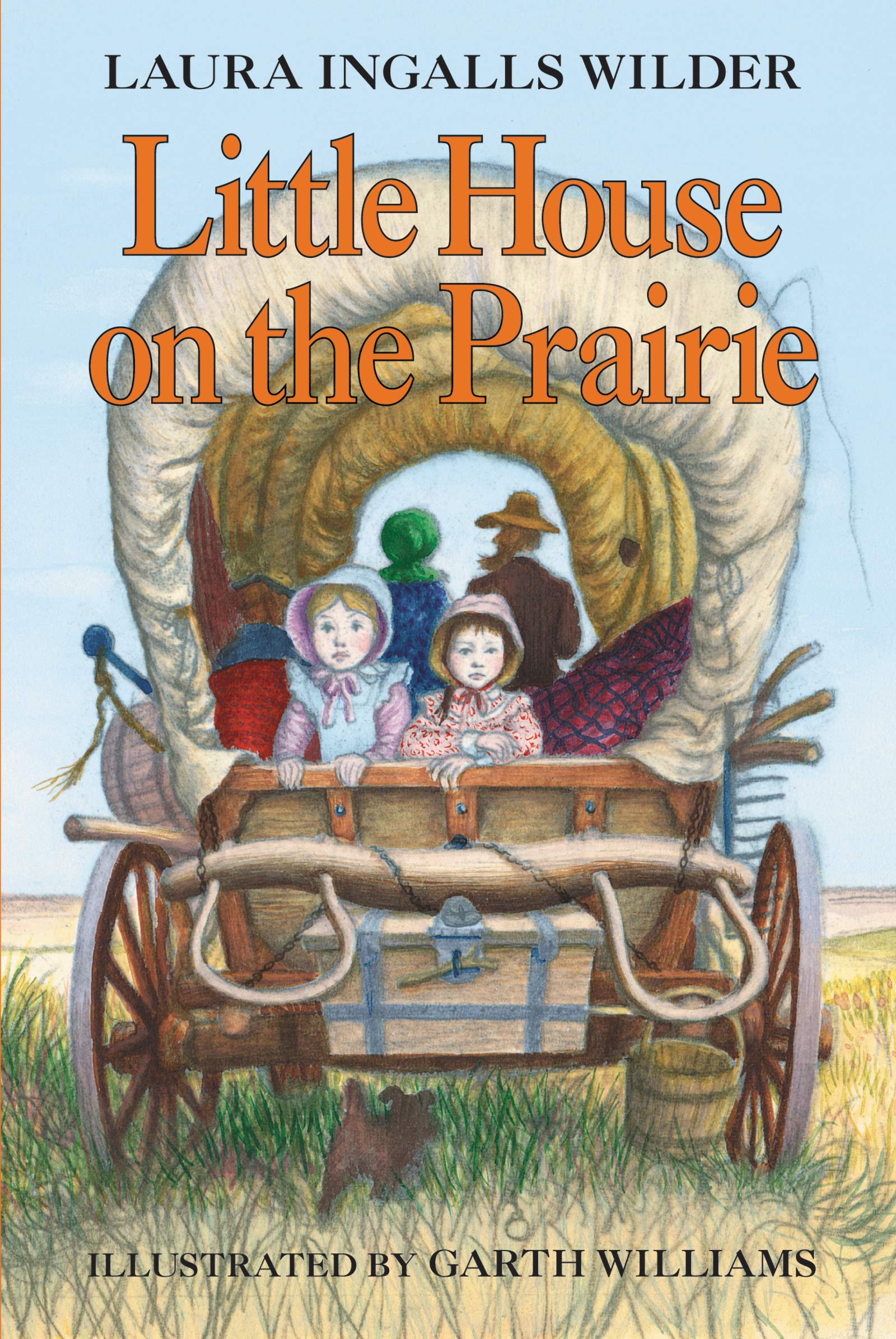 |
These stories of Laura and her family are still popular for their heartwarming depiction of a family on the American frontier. However, there are stereotypical and damaging depictions of Native Americans and African Americans that appear throughout the book. |
Try...
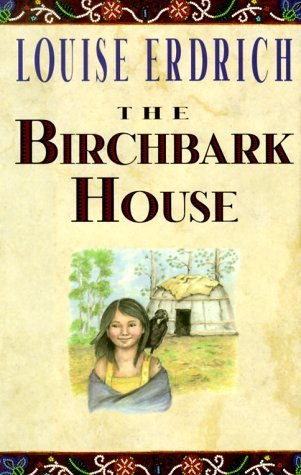 |
The Birchbark House series by Louise Erdrich Erdrich's books are set during a similar time period, but are about an Indigenous family and offer a more nuanced depiction of Native people. |
 |
Prairie Lotus by Linda Sue Park This beautiful story set in a newly developing frontier town introduces readers to a half-White, half-Chinese girl facing racism from her fellow settlers while trying to fulfill her dreams. |
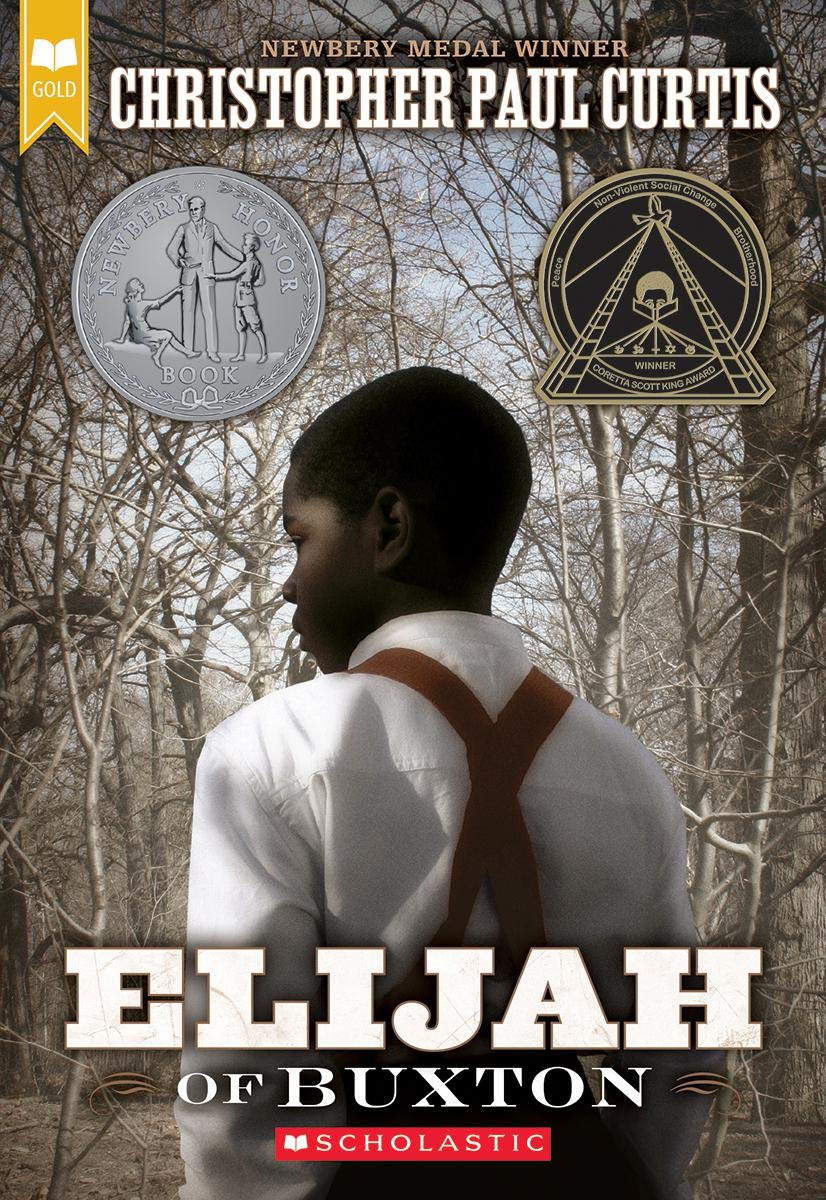 |
Elijah of Buxton by Christopher Paul Curtis A novel that imagines the life and adventures of the first free-born child in Buxton, Canada, a haven for runaway refugees from the slavery of the American South in 1859. |
Looking for A Little Princess or The Secret Garden?
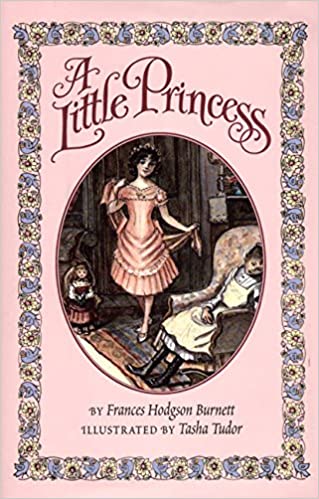  |
Frances Hodgson Burnett’s classic books featuring children in early 20th century Britain are beloved and lively tales of family and friendship, but the author often employs offensive depictions of India as a mystical or uncivilized place. |
Try...
 |
The Penderwicks by Jeanne Birdsall For a modern story of friendship, sisterhood, and light-hearted adventures presented with an old-fashioned sensibility, try these heartwarming stories.
|
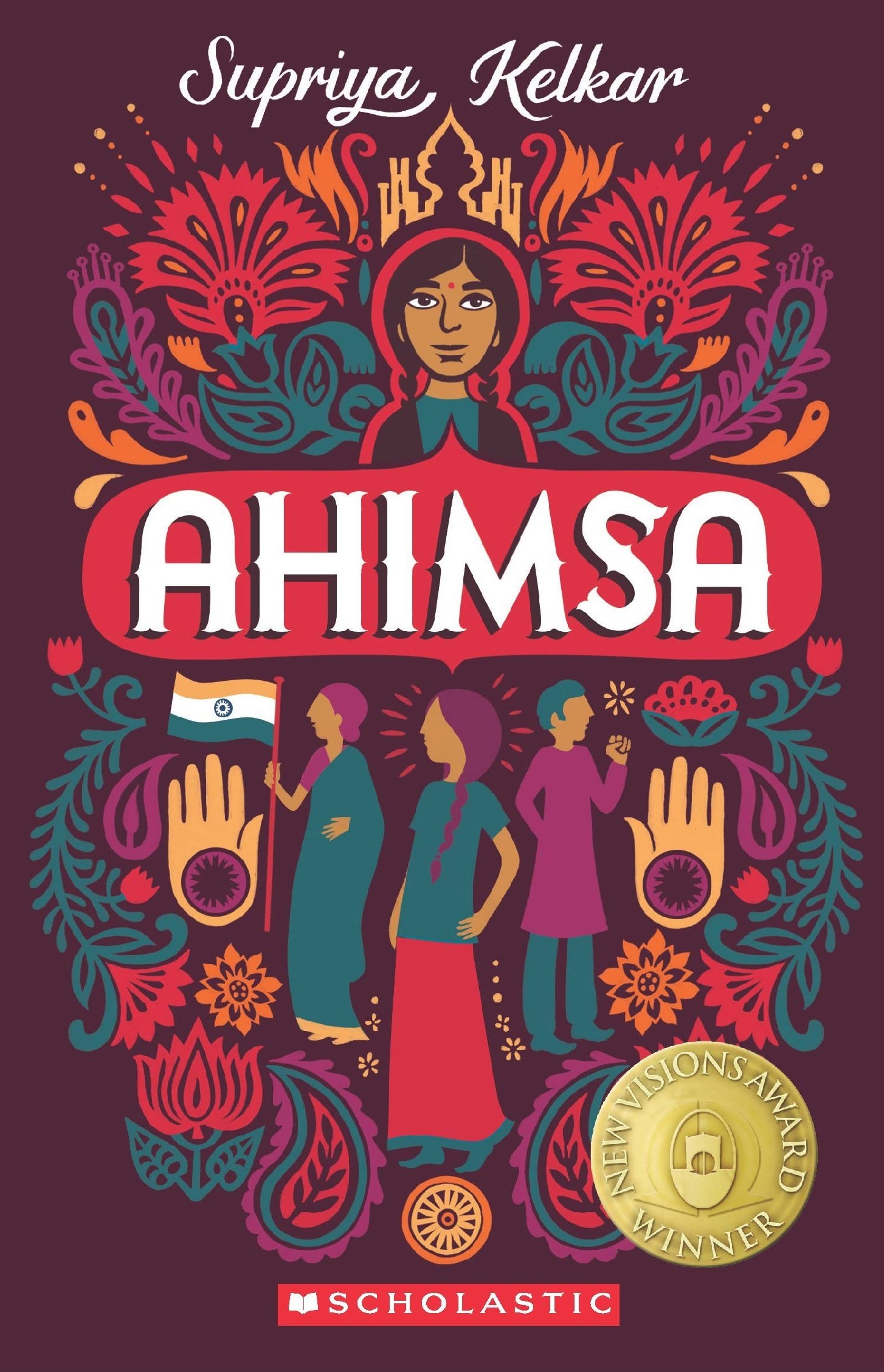 |
Balance Burnett’s stories that romanticize colonization with this moving historical fiction novel bringing the harrowing fight for India’s independence from British rule to life through one child’s eyes. |
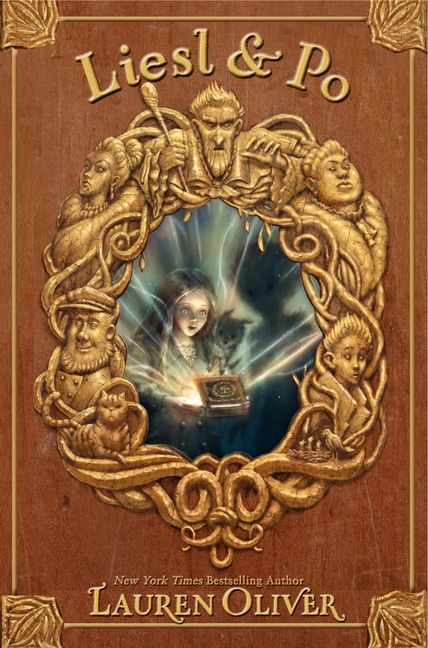 |
For an old-fashioned tale with orphans, magic, adventure, friendship, and all-the-Victorian-feels, you can’t go wrong with this remarkable book published in 2011.
|
Looking for The Indian in the Cupboard?
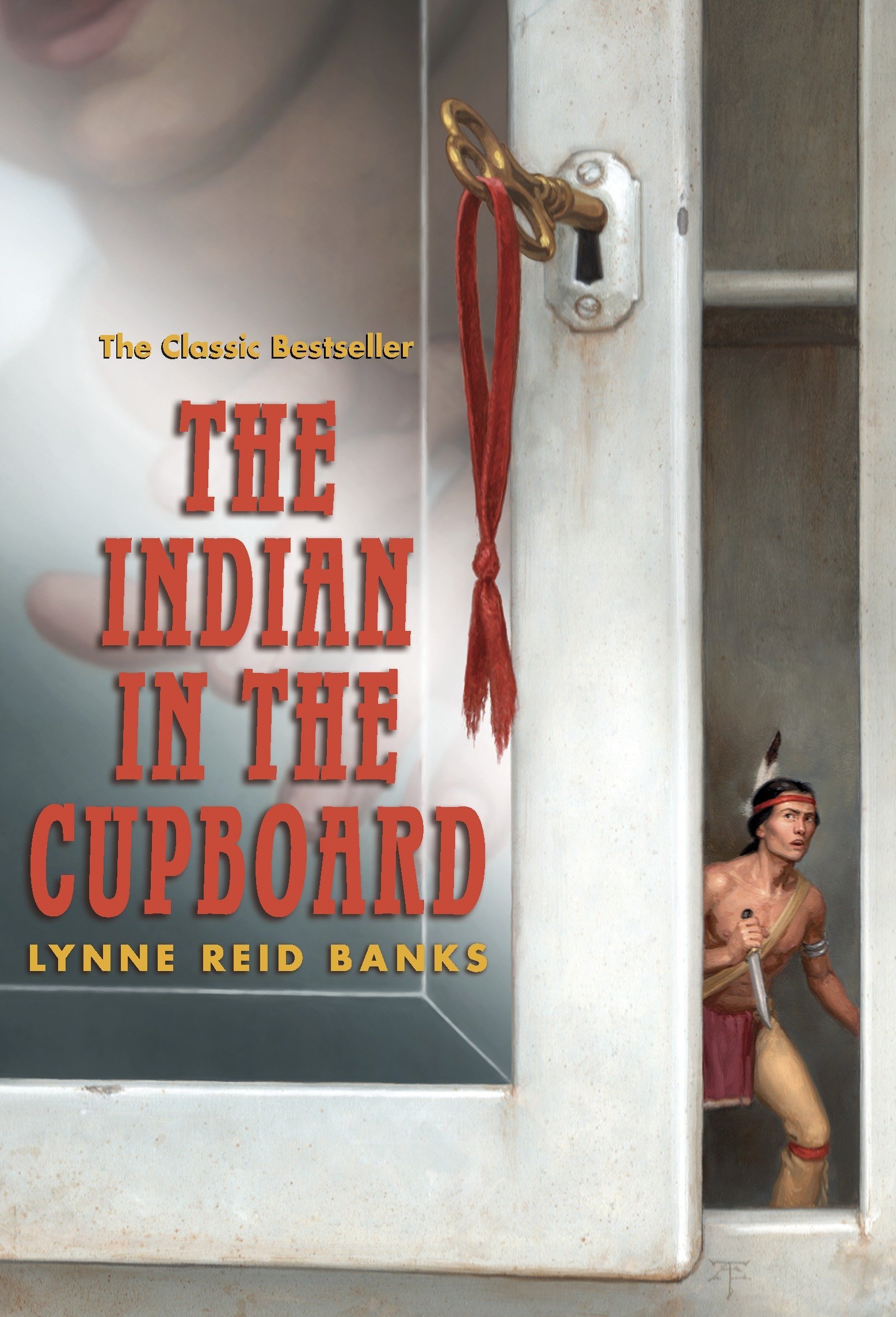 |
Many readers are entranced by the idea of a tiny figurine come to life in one boy’s mysterious cupboard where he stores his treasures, but the depiction of the Native American character presents many harmful stereotypes. |
Try...
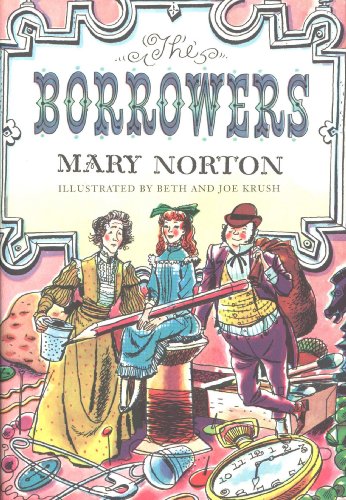 |
A classic in its own right, this adventure also imagines the life of tiny people, without prejudicing Indigenous people. |
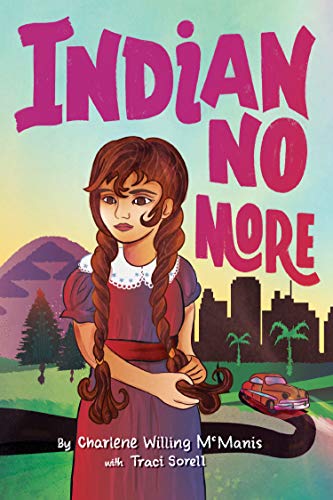 |
Indian No More by Charlene Willing McManis An illuminating coming-of-age story set in 1957 about one girl’s loss and rediscovery of her identity after the U.S. government enacts a law saying that her tribe no longer exists. Really powerful examination of the country’s history of discrimination against its native peoples.
|
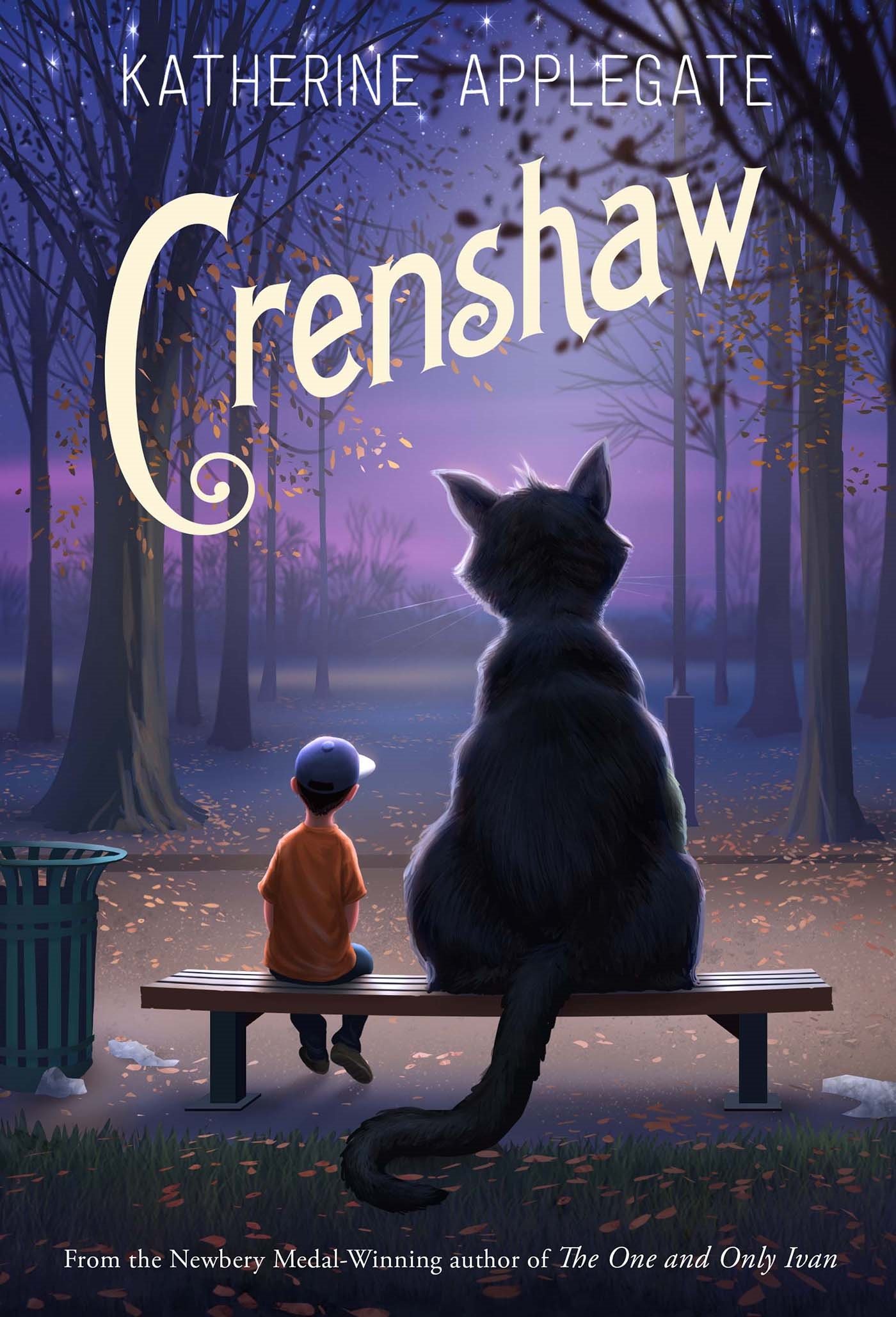 |
Crenshaw by Katherine Applegate For a different book about a boy and his connection with an unbelievable friend - in this case, a giant imaginary cat - try this funny and sometimes heart wrenching book from the one-and-only Katherine Applegate. |
Looking for Peter Pan?
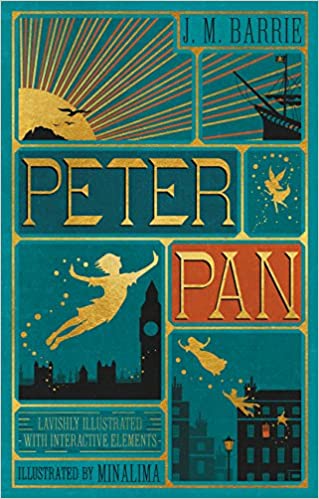 |
The stories of J. M. Barrie offer readers lots of delightful adventures and thoughts on childhood and growing up, but unfortunately the depiction of Native Americans on Never Never Land is harmful and disturbing to modern ears. |
Try...
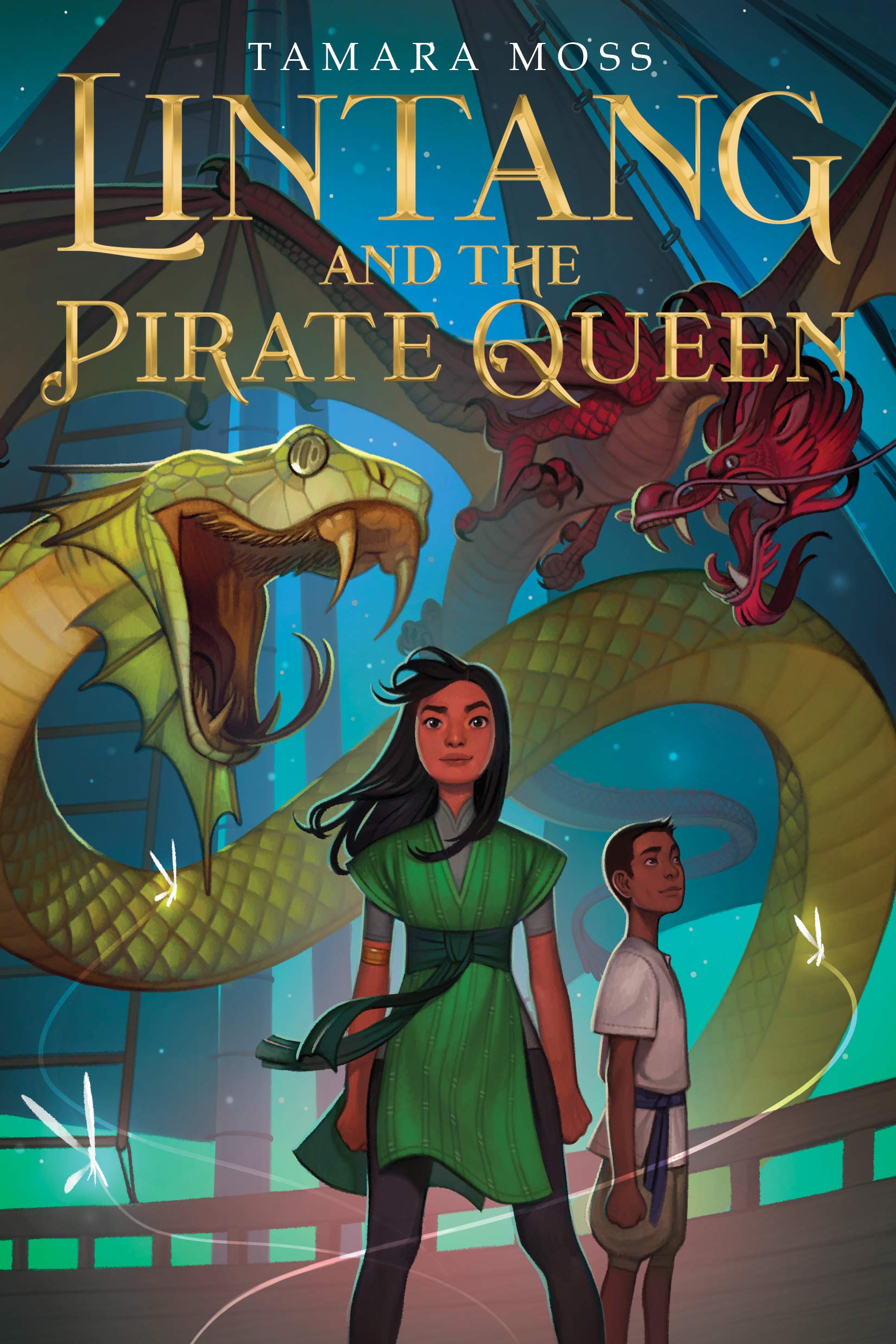 |
Lintang and the Pirate Queen by Tamara Moss Need a pirate-filled adventure? This book is brimming with action on the high seas, along with some magical creatures and a tough young heroine. |
 |
Granted by John David Anderson This contemporary-set story imagines the lives of fairies seeking to help us with wishes. The charming personalities and elaborate world of these little human-like creatures makes this book quite enjoyable. |
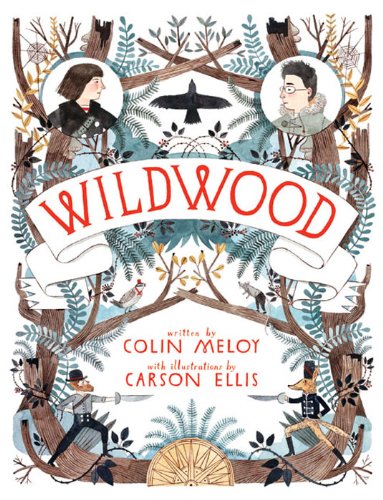 |
Lose yourself in this charming contemporary fantasy about a girl who must try to rescue her baby brother from crows who have flown off with him into an enchanted forest kingdom outside Portland, Oregon. |
Looking for any well-written, timeless children’s books with positive messages?
Here are some of our favorite “modern classics” - books we know you will love, and that will stand the test of time:
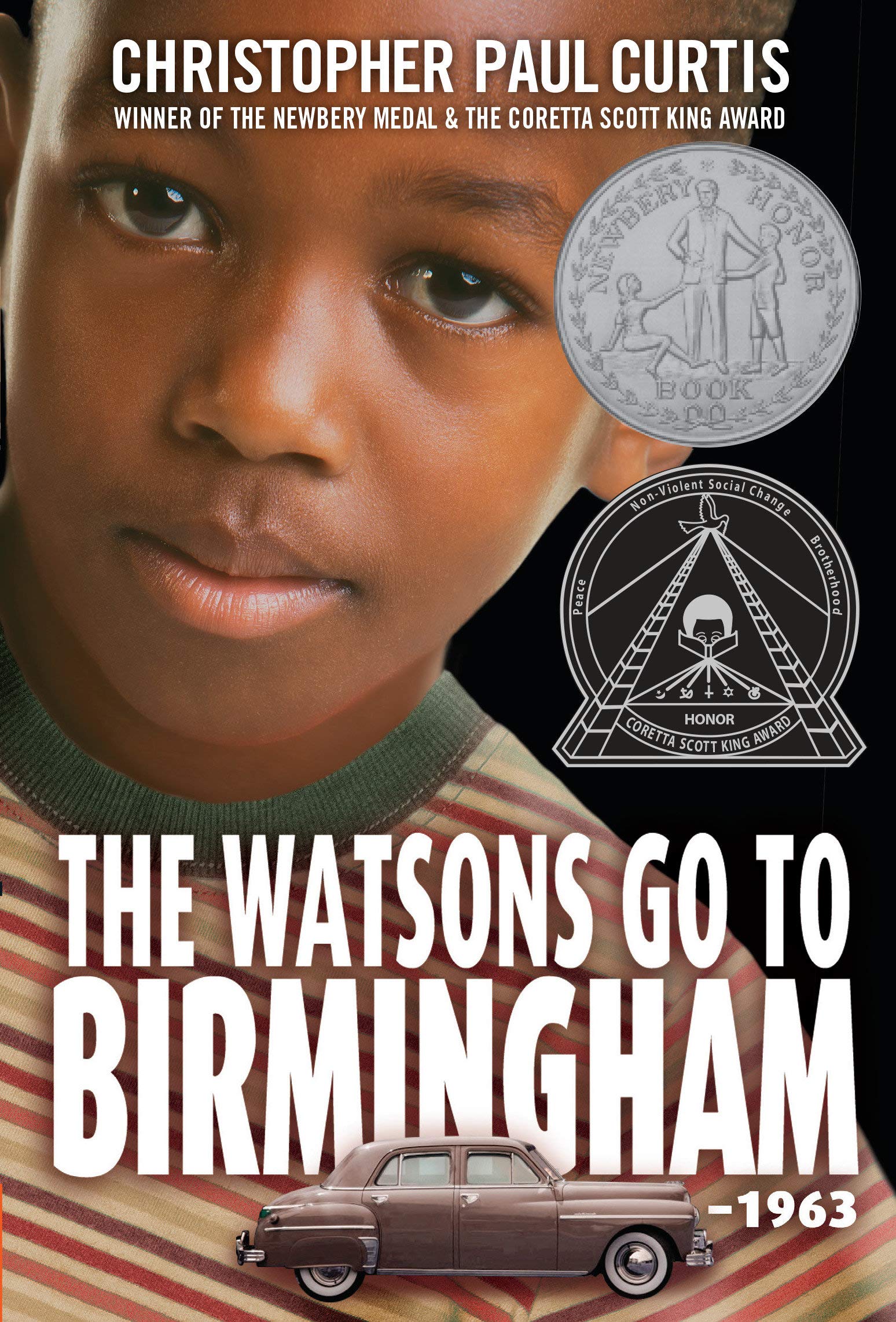 |
The Watsons Go To Birmingham - 1963 by Christopher Paul Curtis Often humorous and ultimately moving, this is the story of one family who, on a trip from their home in Flint, Michigan, to visit Grandma in Birmingham, Alabama, become witnesses to a terrible act of violence against Black people during the Civil Rights movement. |
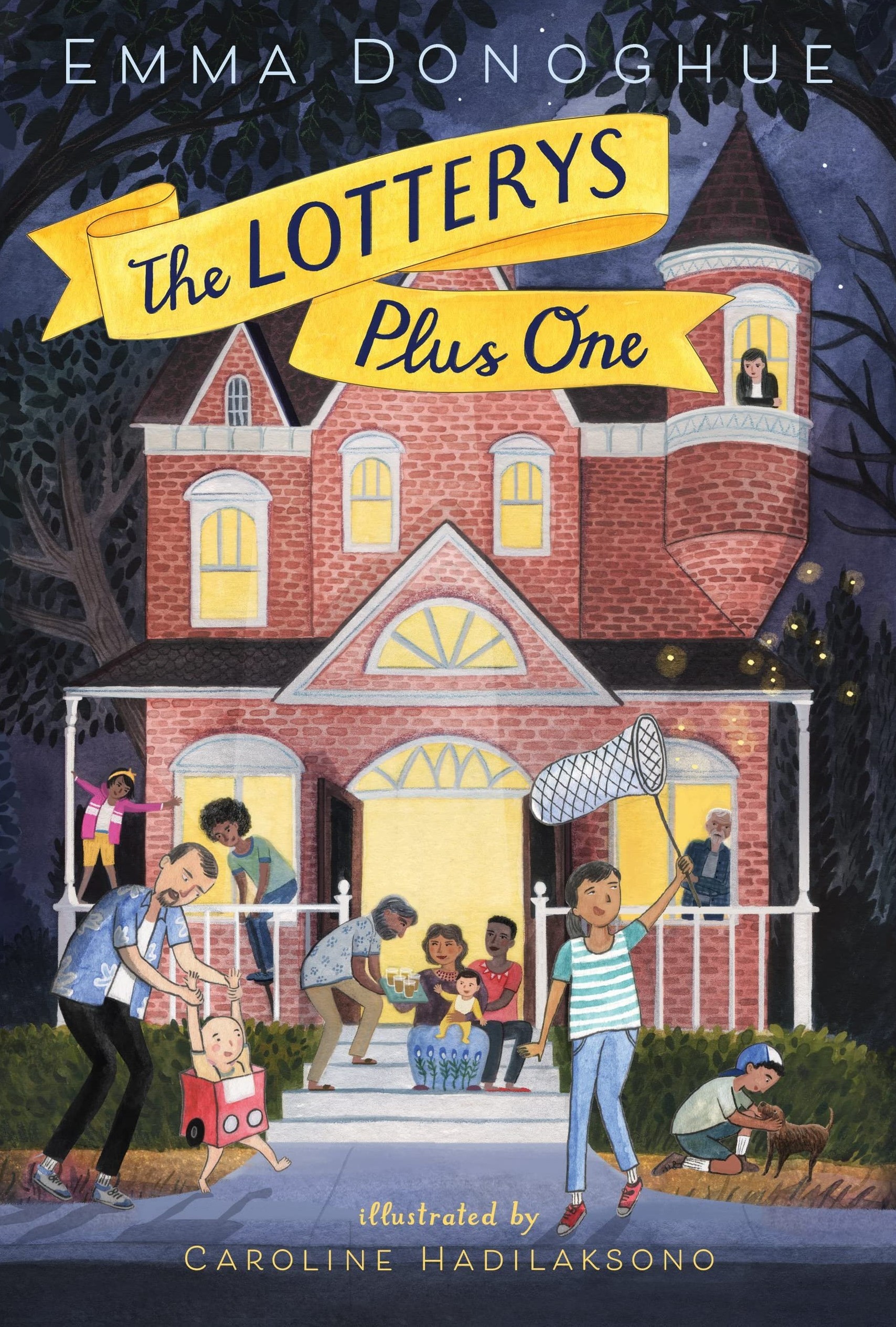 |
The Lotterys Plus One by Emma Donoghue A story of a super-contemporary homeschooling family with LGBTQ parents and an enchanting mix of cultures and traditions, told with all the warmth and gentleness of an old-fashioned classic. |
 |
Where the Mountain Meets the Moon by Grace Lin Chinese folklore twists through this beautiful and adventure-filled quest one girl takes to find a mythical dragon and save her family’s fortune. |
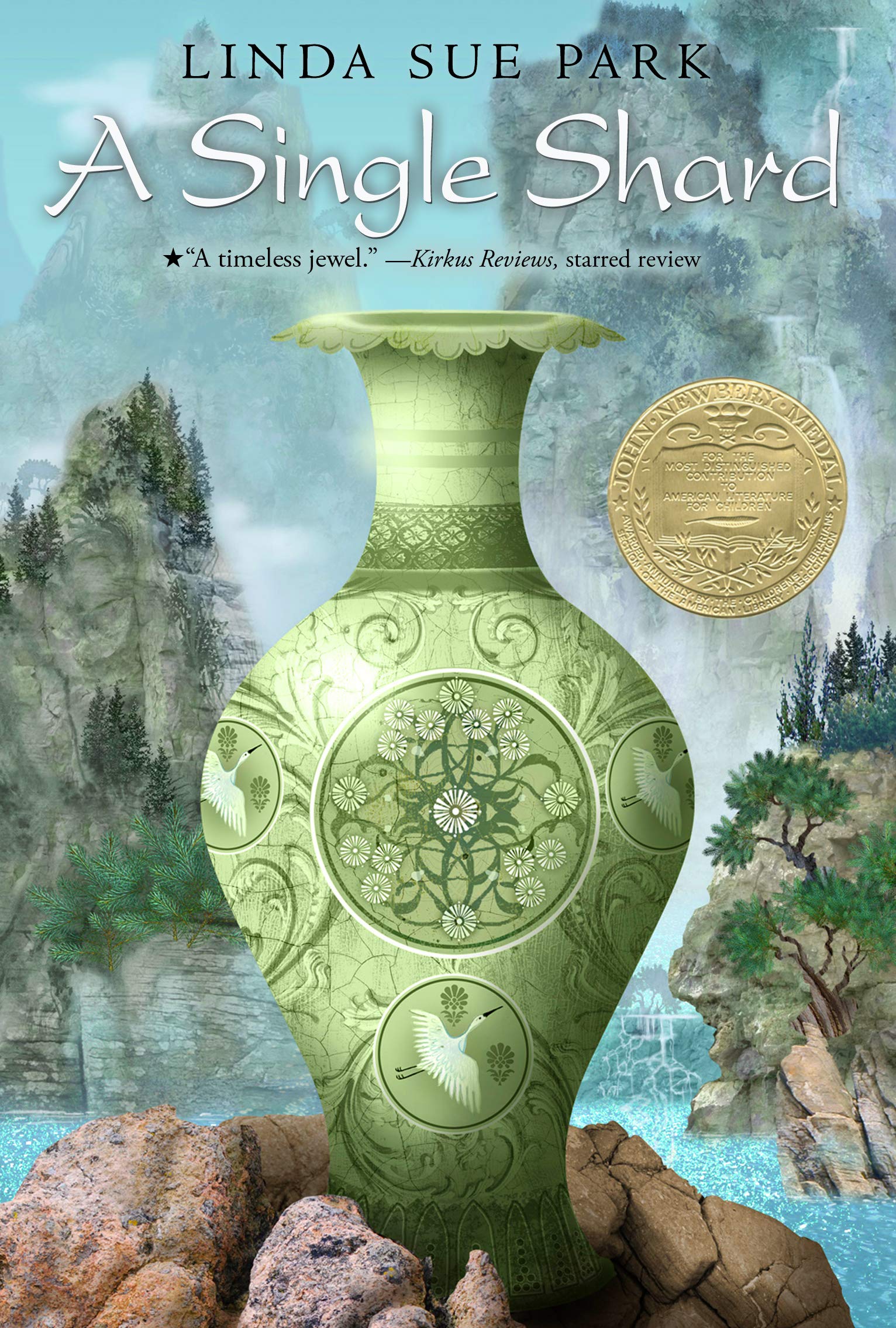 |
A Single Shard by Linda Sue Park
This Newbery Medal-winning book brings ancient Korea to bright life through the eyes of an orphan who becomes fascinated by the skilled potters in his village and longs to create the artistic ceramics himself. |
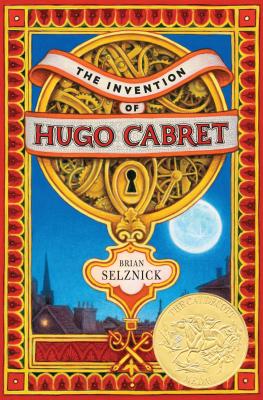 |
The Invention of Hugo Cabret by Brian Selznick
A fascinating book that combines prose and pages-and-pages of line-drawn artwork to tell a story of mystery and friendship during the early days of film-making in Paris. |
Tip: Want personalized reading suggestions? Fill out this form and you’ll receive a customized list direct to your inbox!
 Youth Services Librarian Allison
Youth Services Librarian Allison
Parents have already been juggling work and/ or household responsibilities and now, eLearning?! You are probably feeling overwhelmed. As a working mother of three, I know I am! This change creates new challenges for parents, students, and teachers. So, as parents, what can we do?

Every child is different and you know your child the best, so take what you need and leave the rest!
How to plan for success in a remote learning environment. Here are a few ideas…
Take Care of Yourself (FIRST)
You can’t pour from an empty cup! Make sure you’re taking care of yourself too. If you aren’t taking care of your physical and emotional needs, you will not have the energy and patience you need to take care of your child(ren). Take breaks when you need them. Look to others for support. Barrington Area Library has some wonderful programs for adults. Check out our calendar for one that might interest you.
Ok… now, on with the kids….
Routines
Not knowing what your day will look like may cause stress, anxiety, and leave you and your child feeling overwhelmed. Carefully designing a routine will help you and your child stay productive and in control. Routines provide structure and discipline. Each family’s routine will look different based on their family’s needs. Having a set routine to start and end the school day can be very beneficial. Start the day with breakfast, brushing teeth and getting dressed. Don’t forget to include handwashing! Now we’re ready for some eLearning! Choose a routine with your child that marks the end of the school day. My boys and I decide on putting away school materials and then going for a short walk around the house; we pretend like we are walking home from school. Allowing your child to be involved in the routine making process will give them a sense of control and they will be more willing to follow the routine (hopefully!).
Designated a Work Space
Create a space in your home designated for your child’s eLearning. If possible, set up a desk or table specifically for them to use for eLearning. If not, no worries, use the kitchen table and provide them with an easy transition process once the school day is over. You could use a box or a laundry basket for them to put all their school materials in once finished to transition back into your home setting. Ta-dah! You have your dinner table back!
Schedules
Making a visual schedule for your child’s school day will allow for more predictability in their day. This will allow them to feel secure, stay organized, and have a sense of control (not too much control, don’t worry!).
For older children, you could simply designate a few minutes at the end of their eLearning day to discuss the next school day. Sit down with them and write out (or have them write out) a list for what classes and assignments they have for the next day. For younger children, print or have them make drawings to represent things they will need to do each day, so they can cross them off as they finish.
Encourage Movement
Get your kid moving! Children need to move often during the day.
When your child has a break encourage them to get outside, if possible. If you can’t go outside, no worries… have them do push ups, jumping jacks, spin, jump up and down as high as they can count. Go Noodle is a great resource to keep your child staying active. Having flexible seating options at home is a fantastic idea, especially for the little ones!
Know What is Available
There are so many resources available to students, parents and families. If you familiarize yourself with them before you need them, it may reduce the stress. Check out Barrington Area Library's Homework help page.
Social Opportunities
We want you to know that we care and we’re here for you. The Barrington Area Library is offering a variety of virtual programs to help keep you and your child connected. Check out Barrington Area Library's Calendar of Events. Please reach out to us at YouthServices@balibrary.org with any suggestions or ideas.
__________________________________________________________________________________________________________________________
 Youth Services Assistant Librarian Venessa
Youth Services Assistant Librarian Venessa


